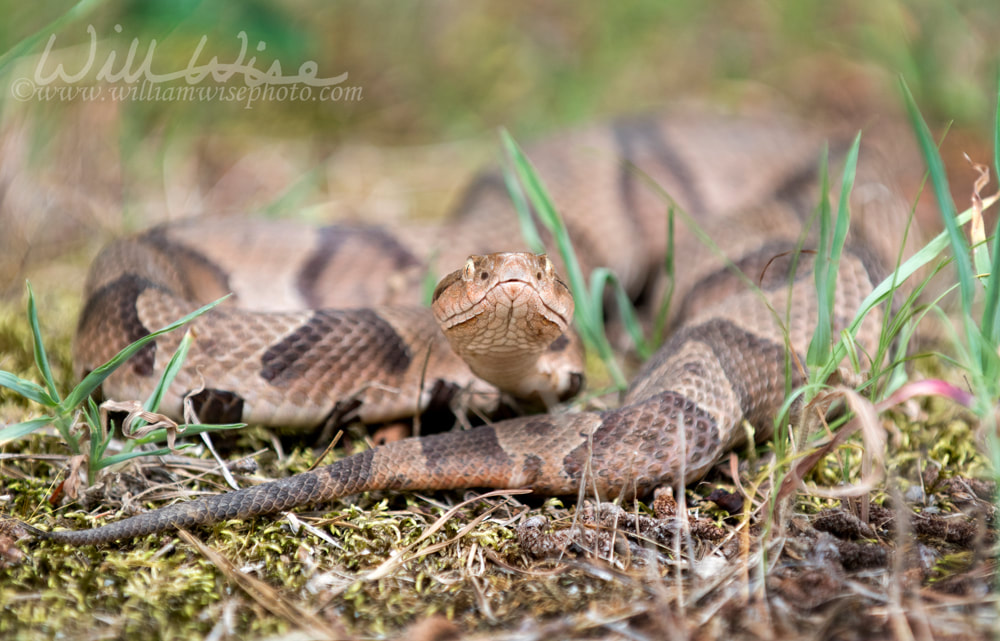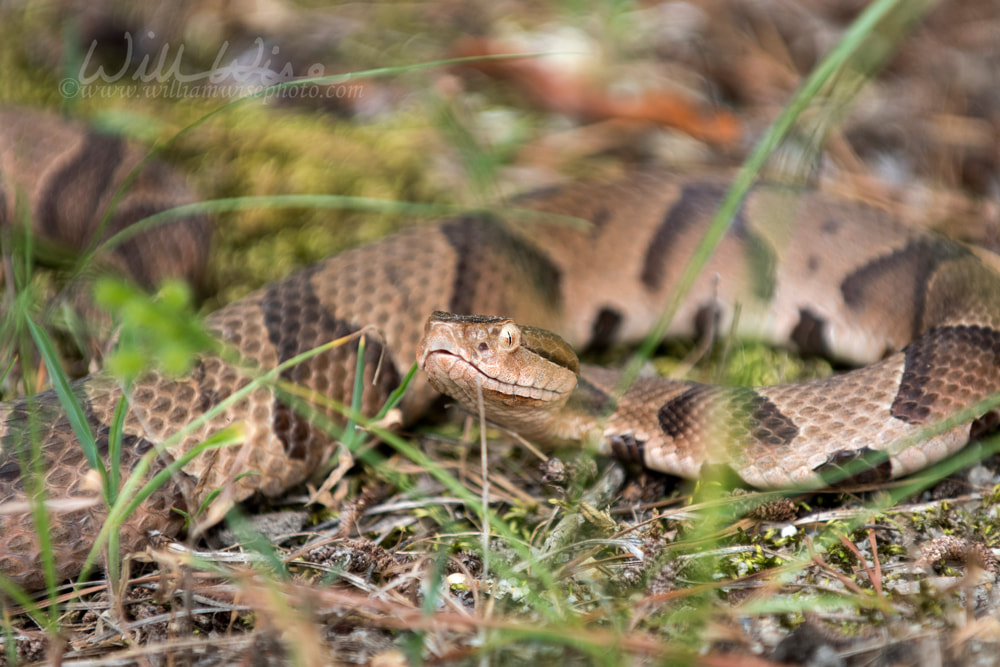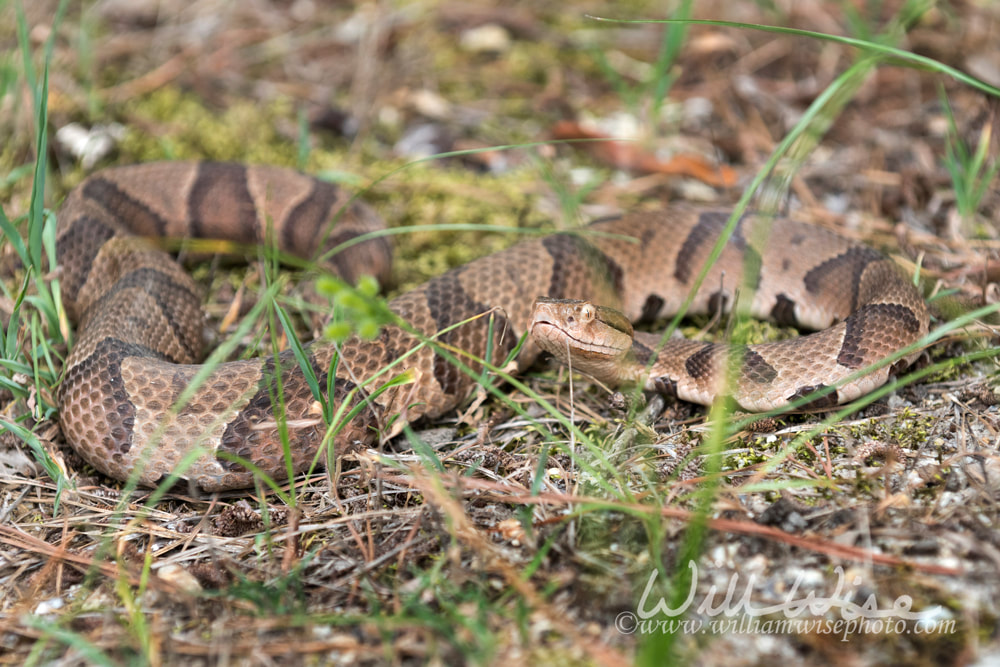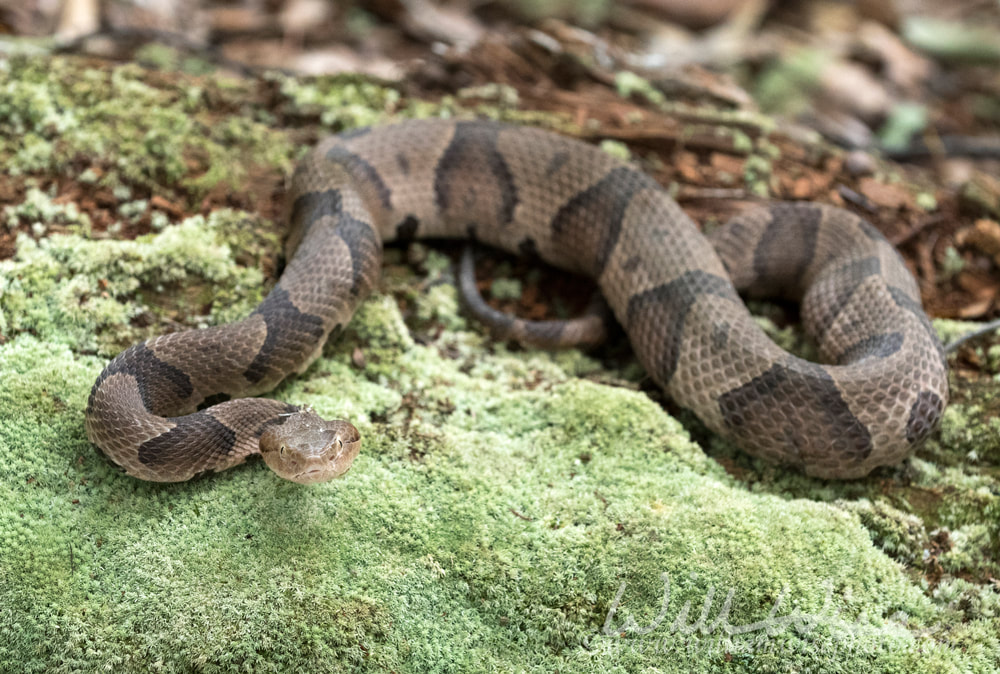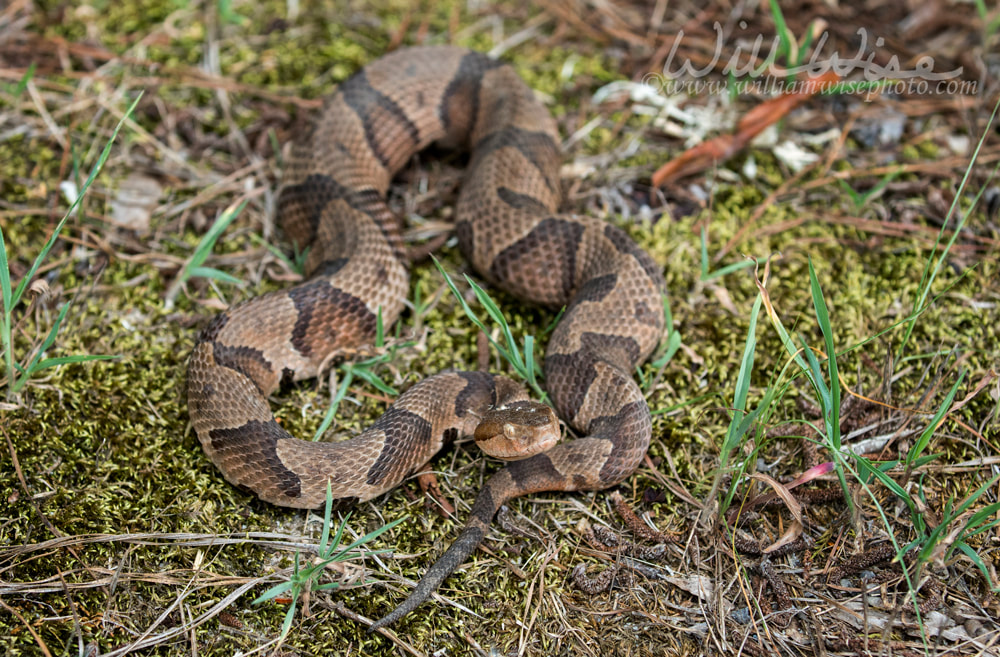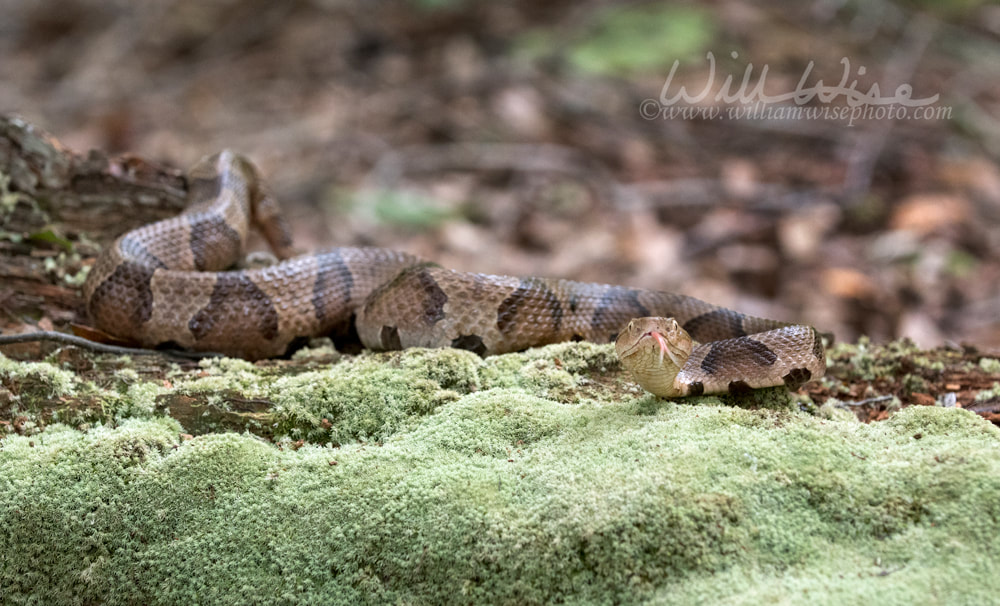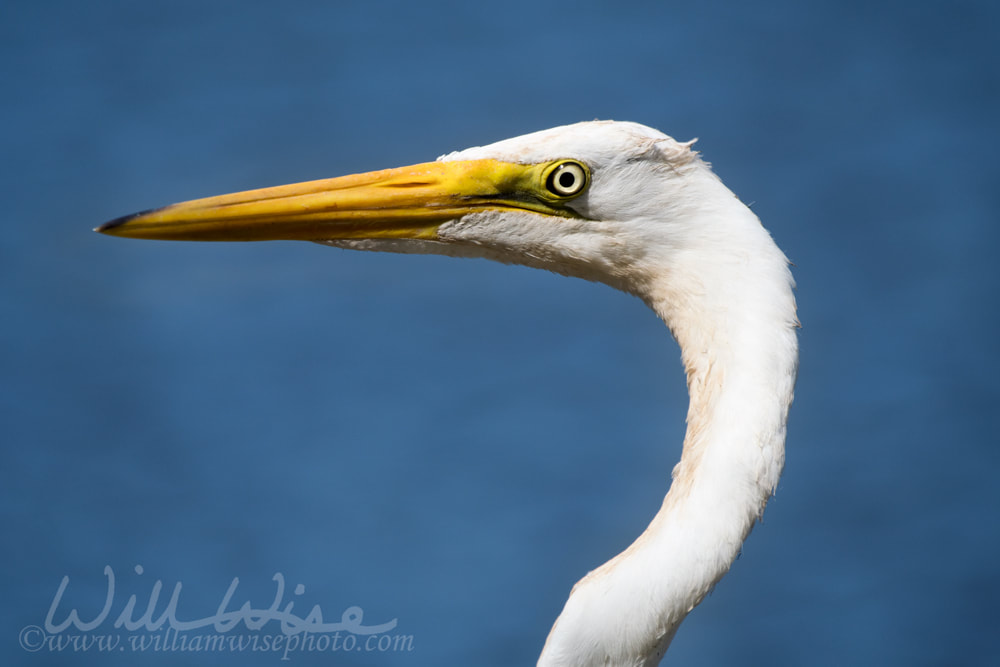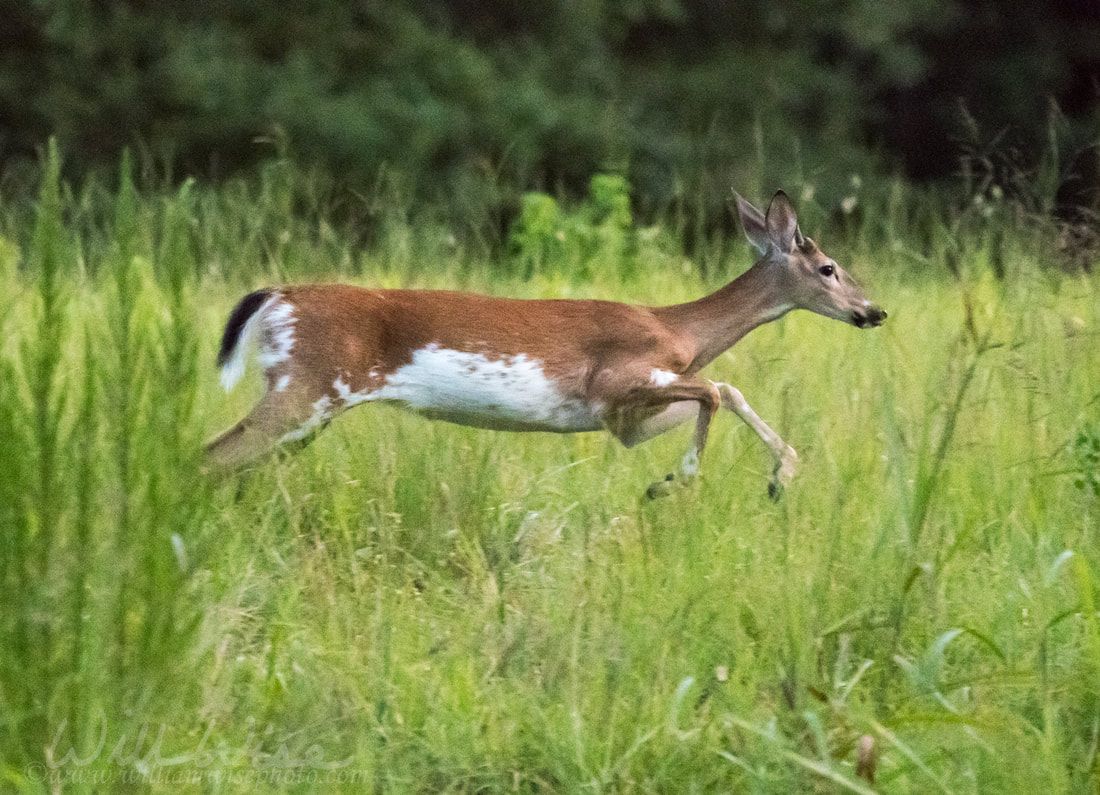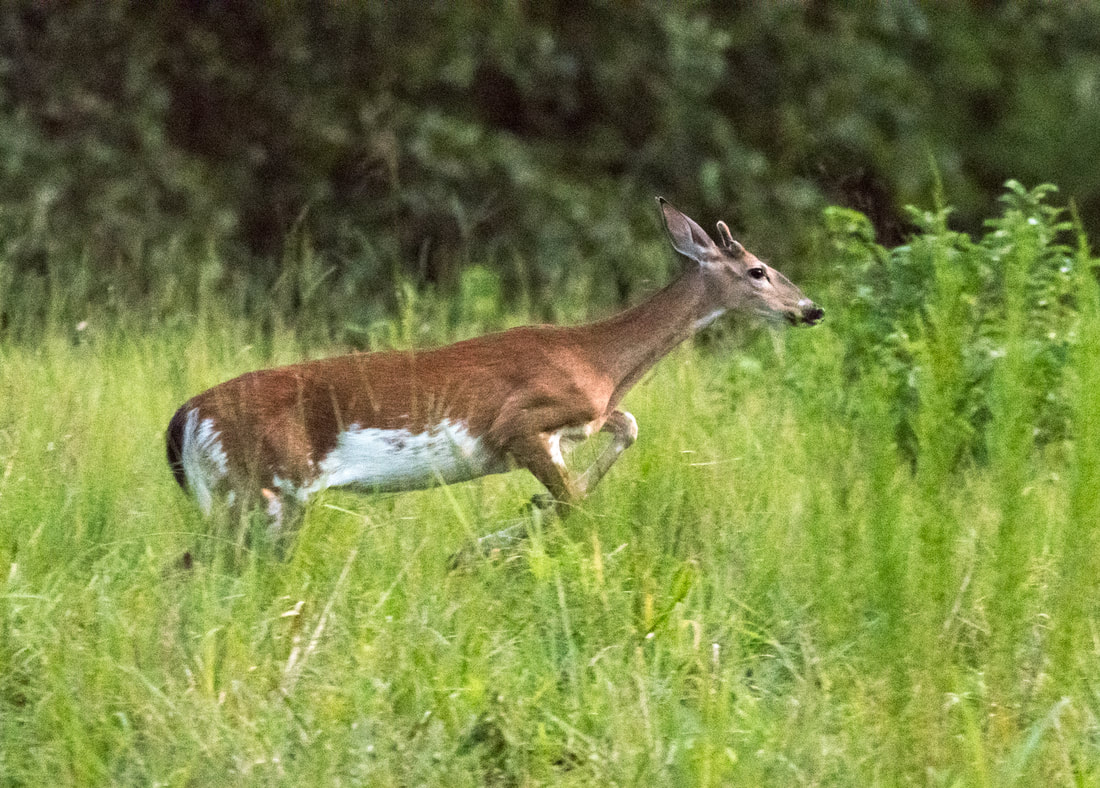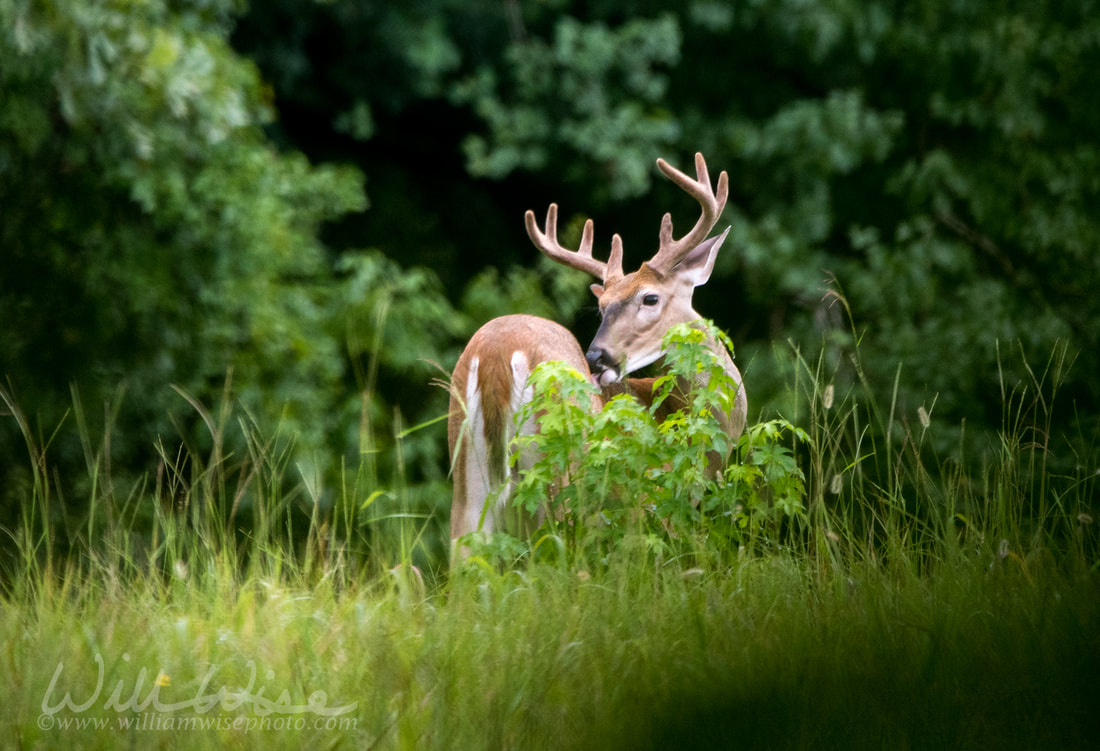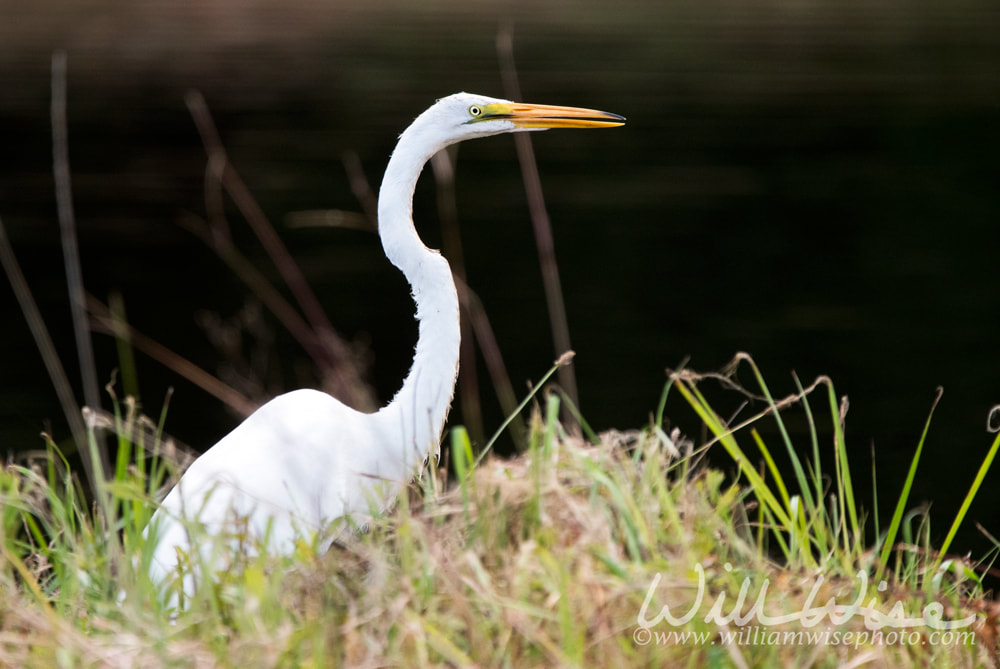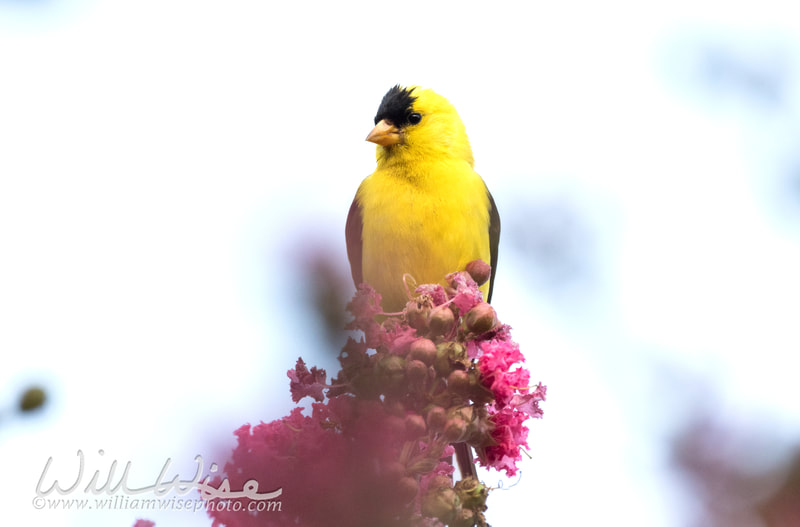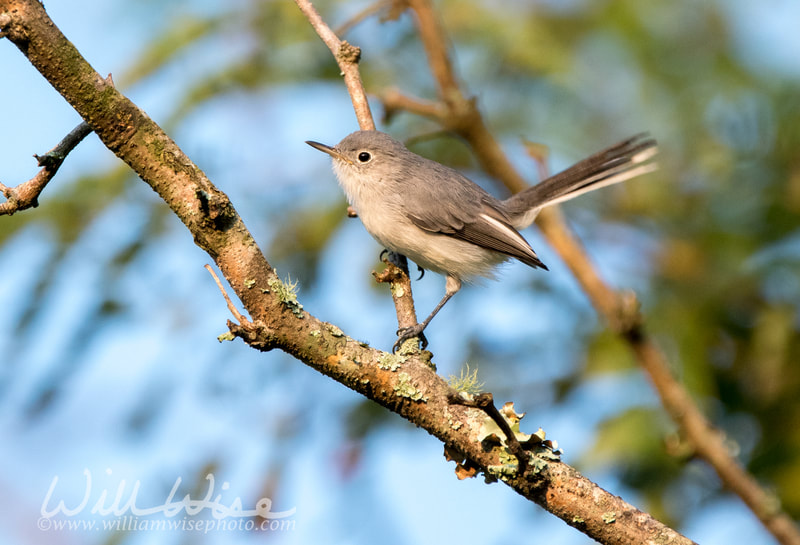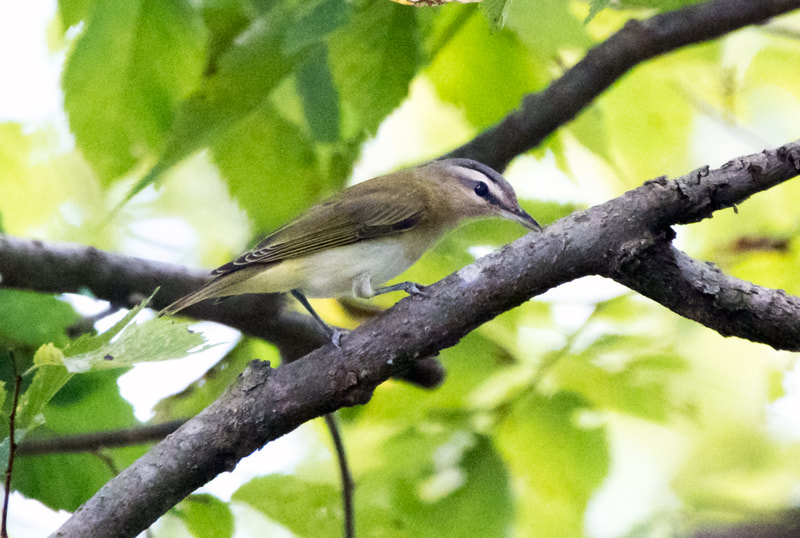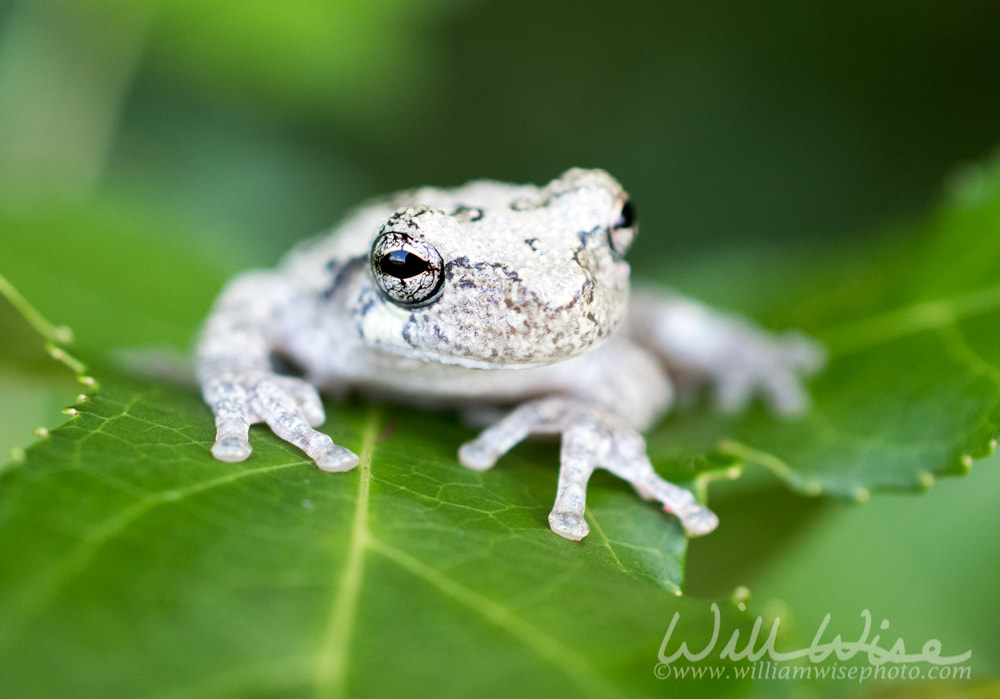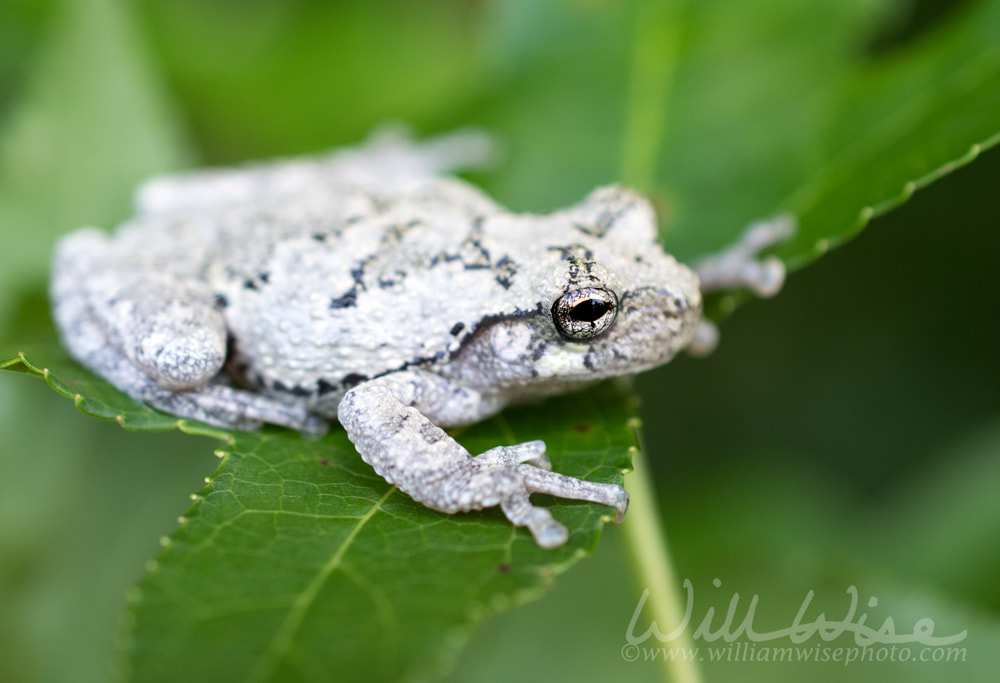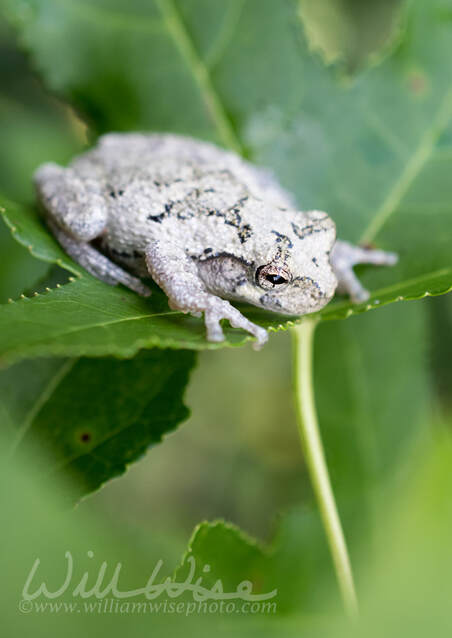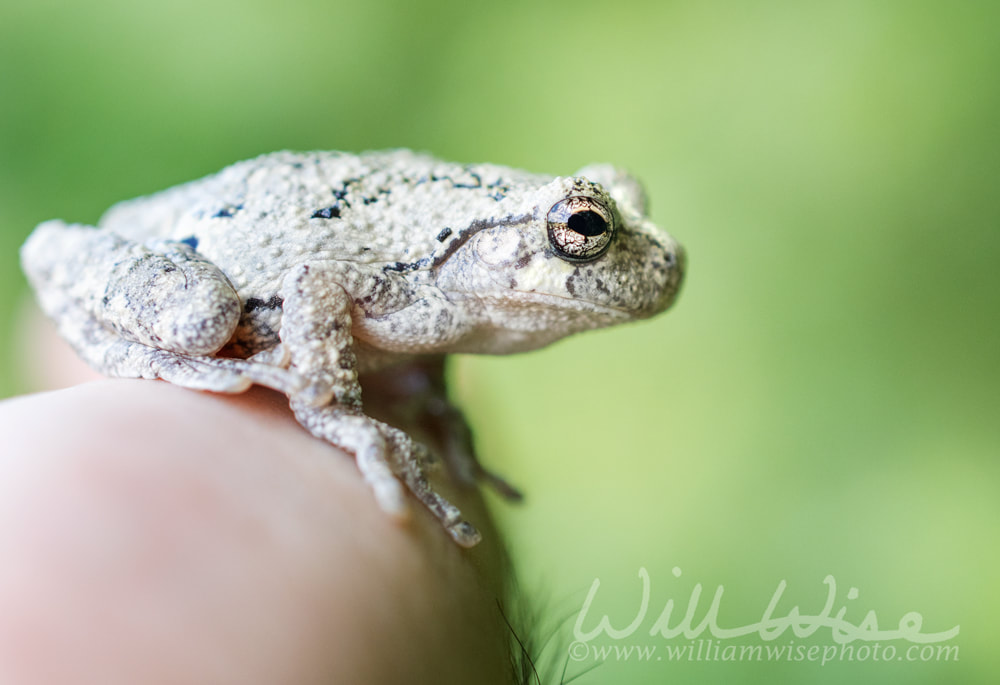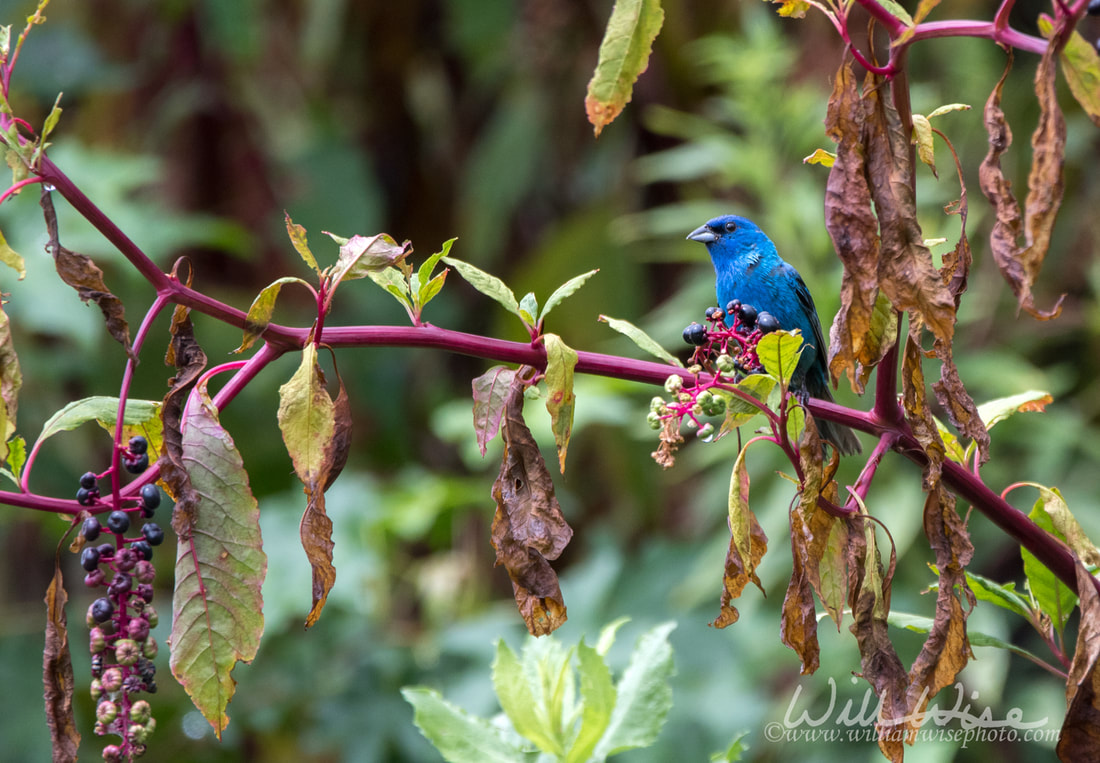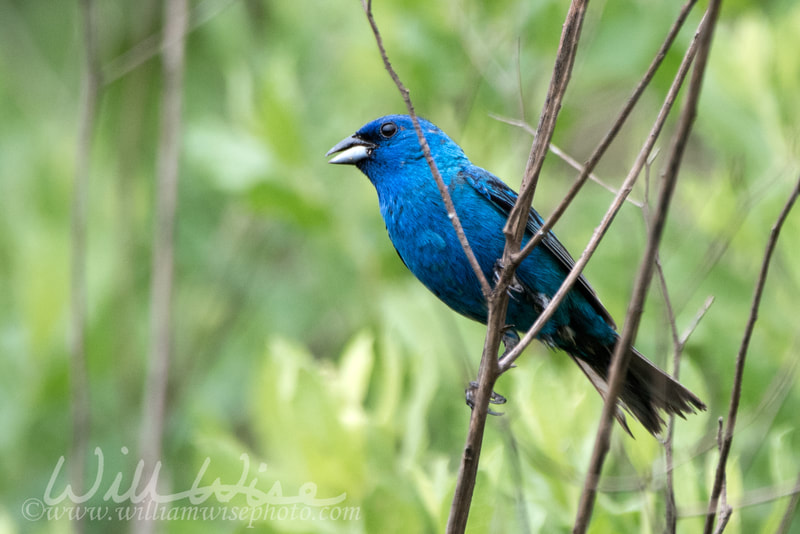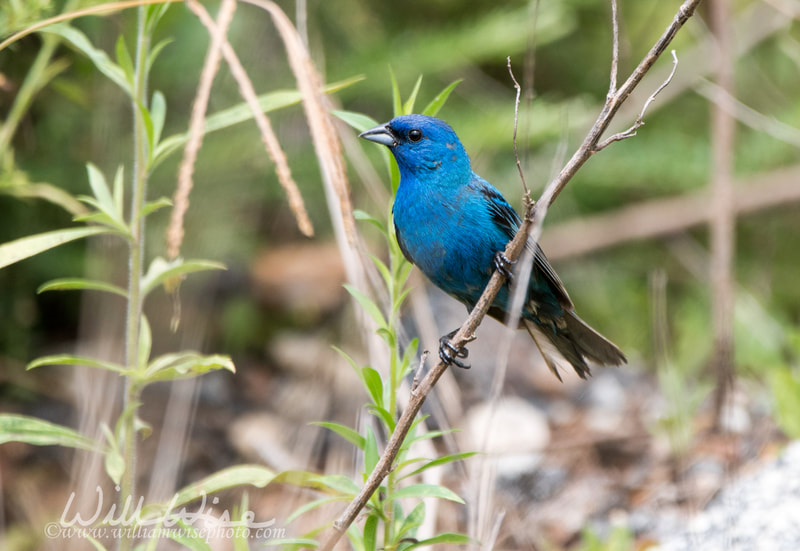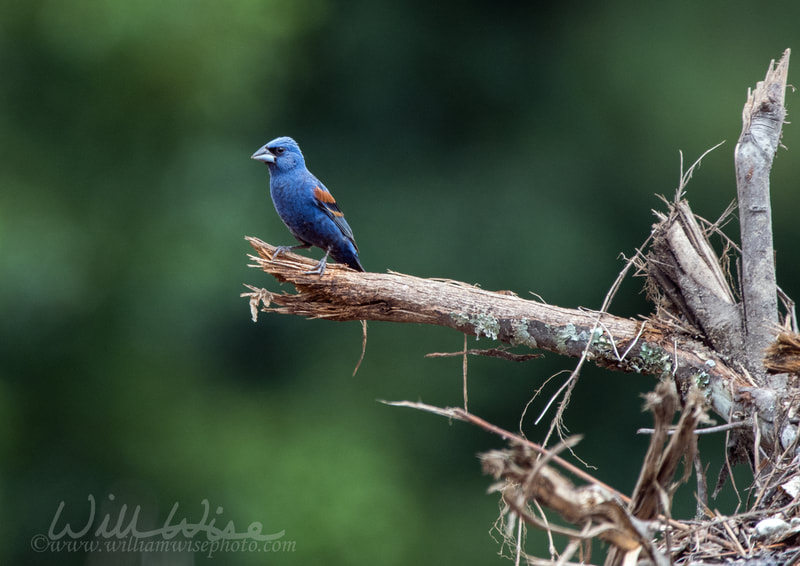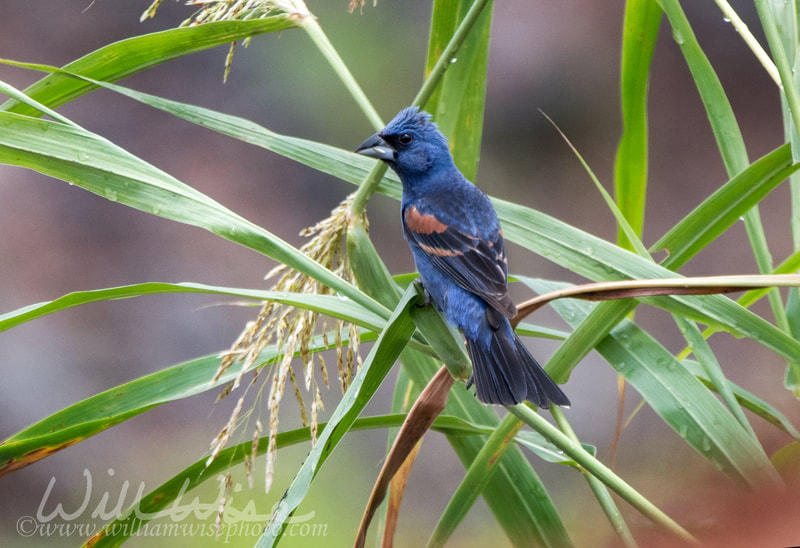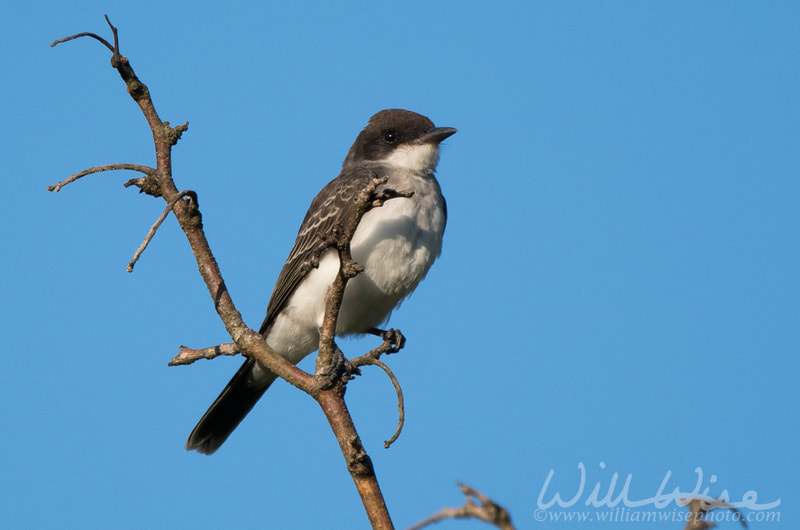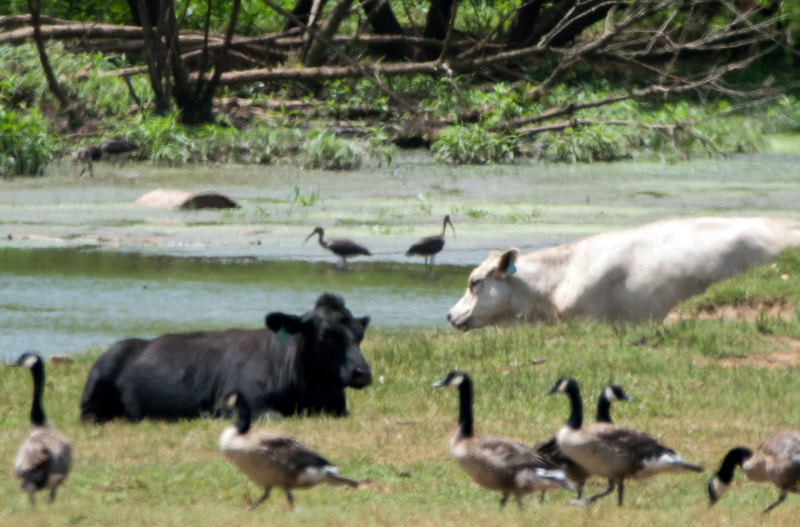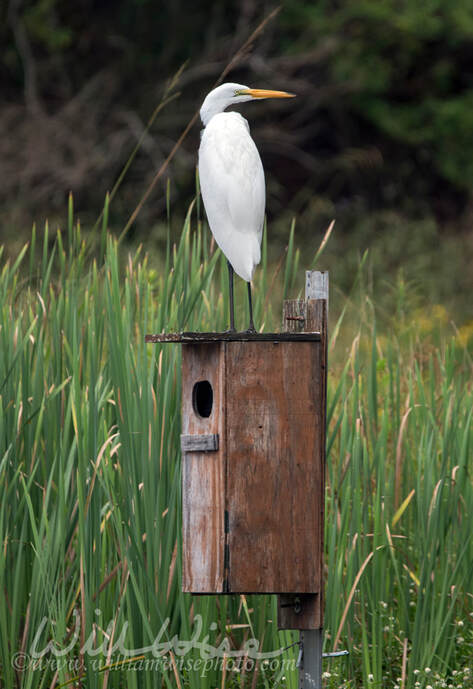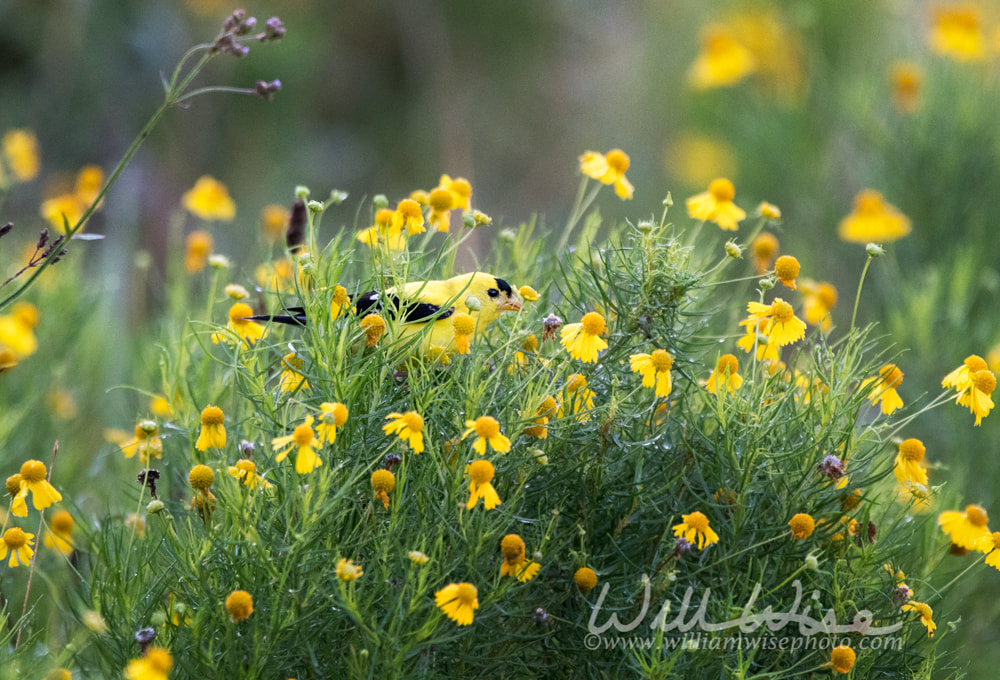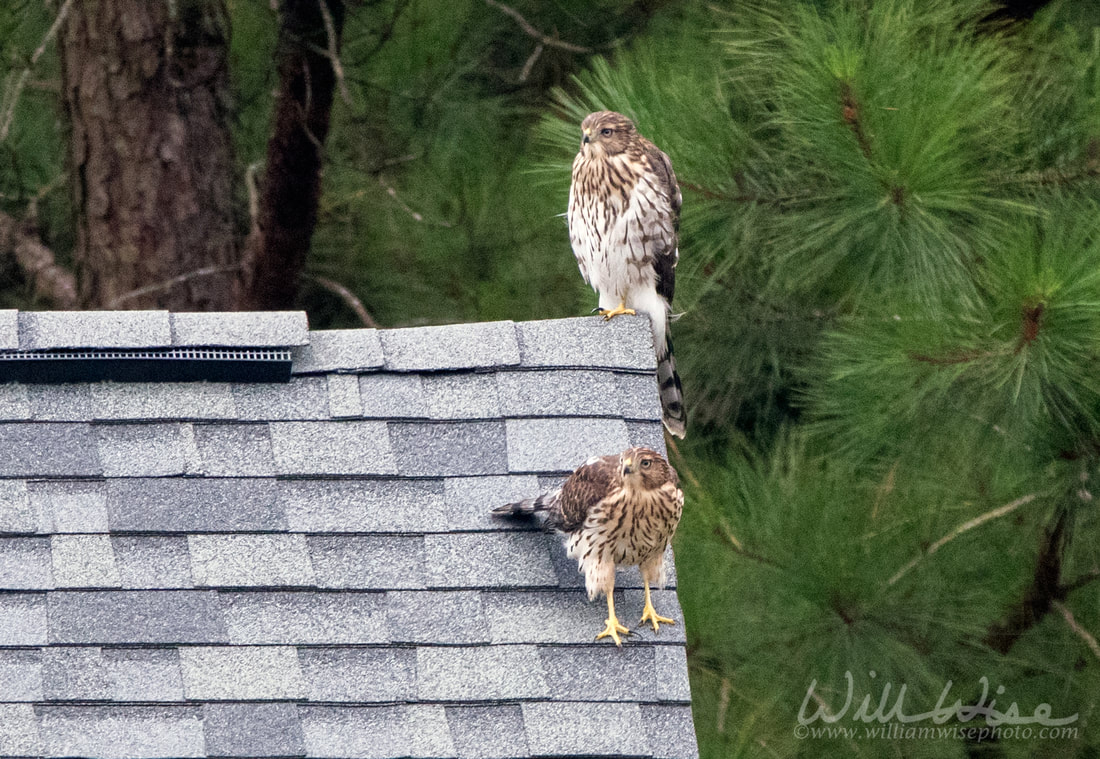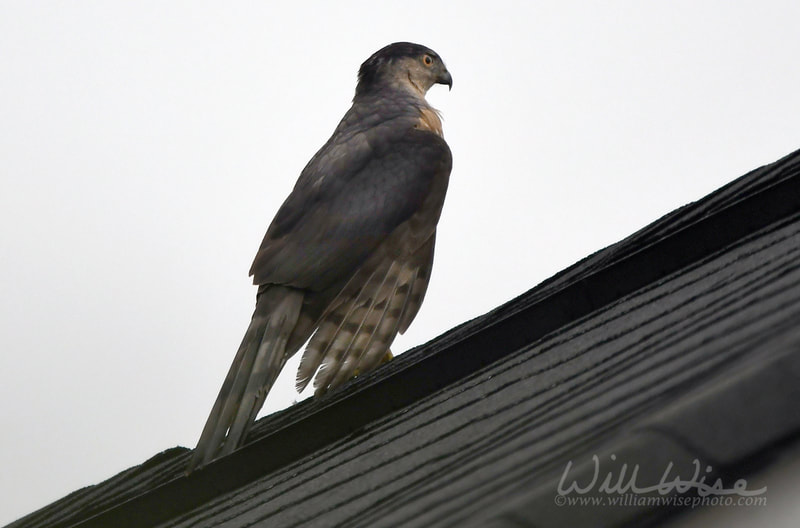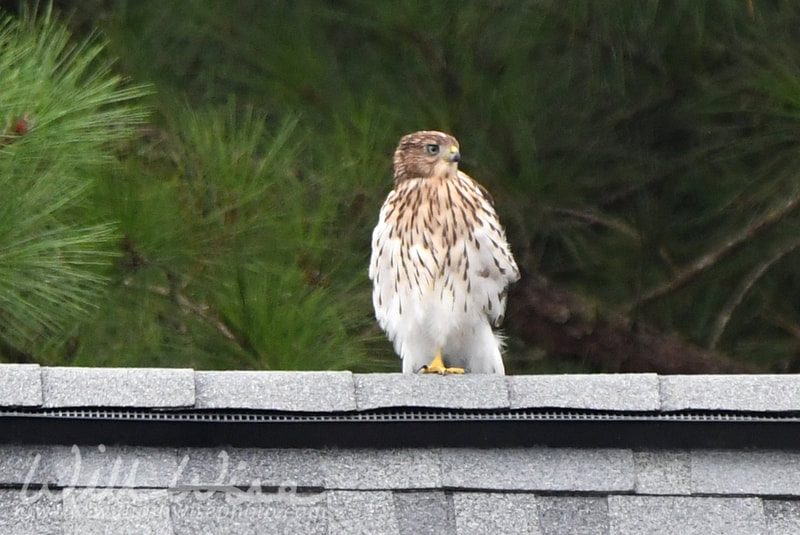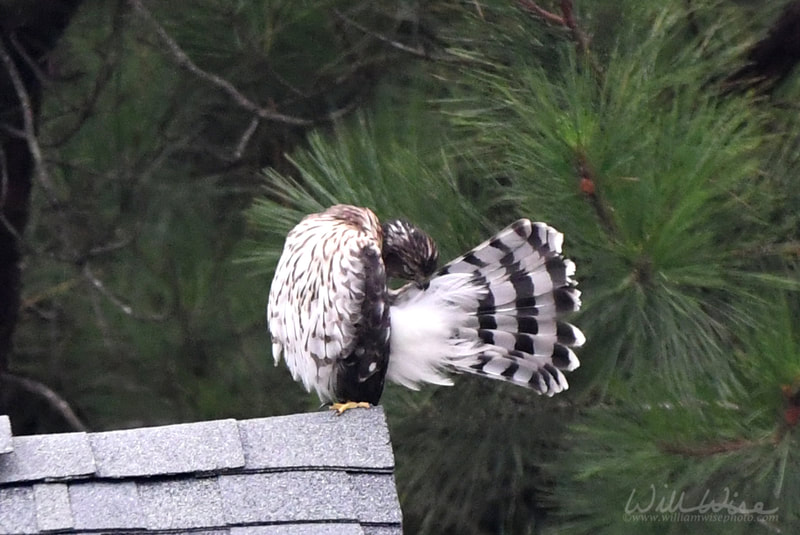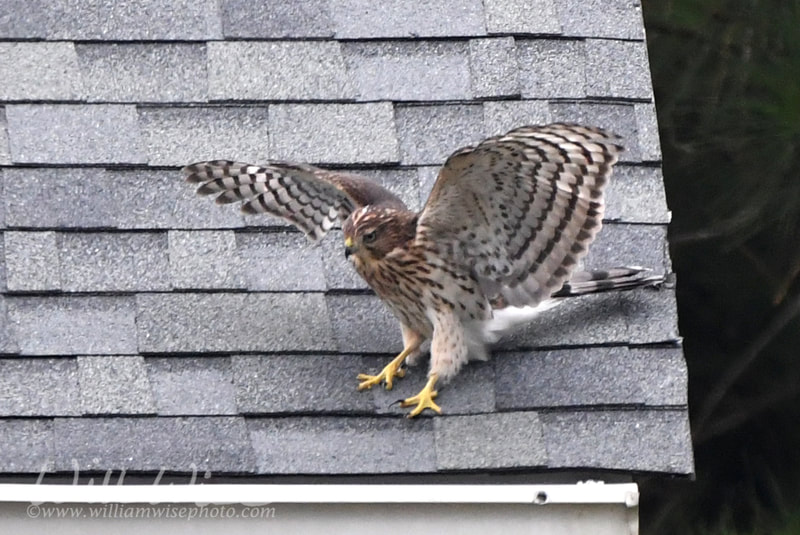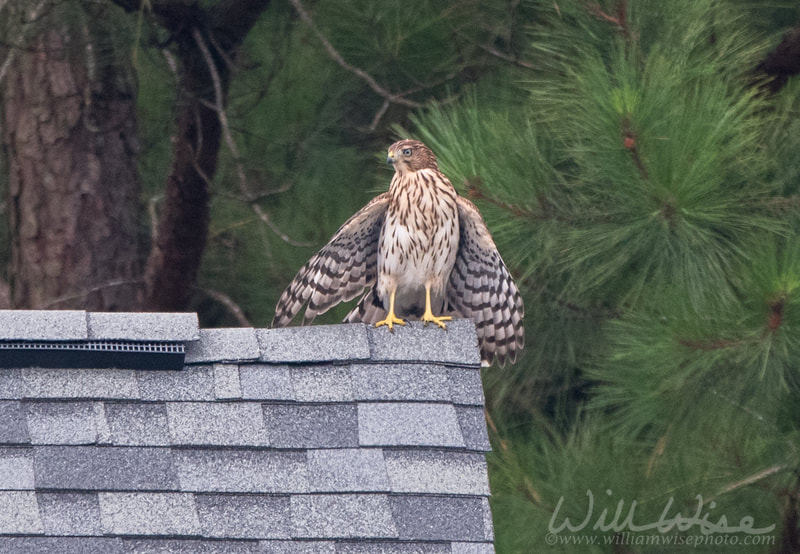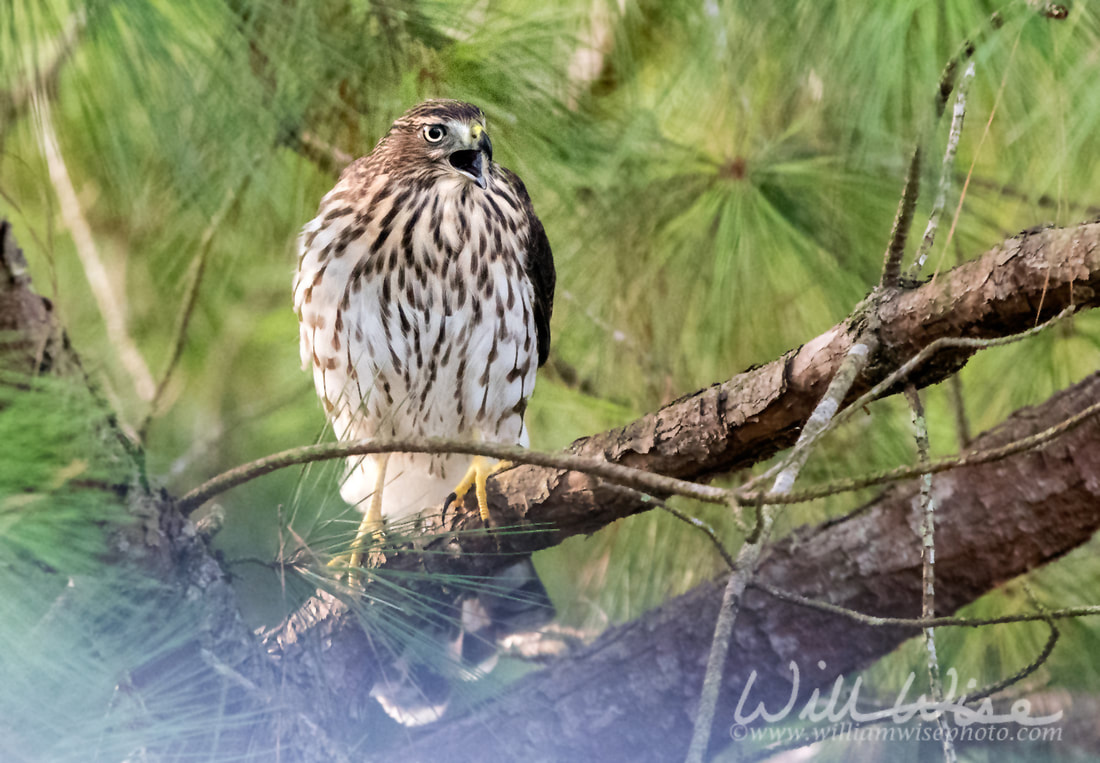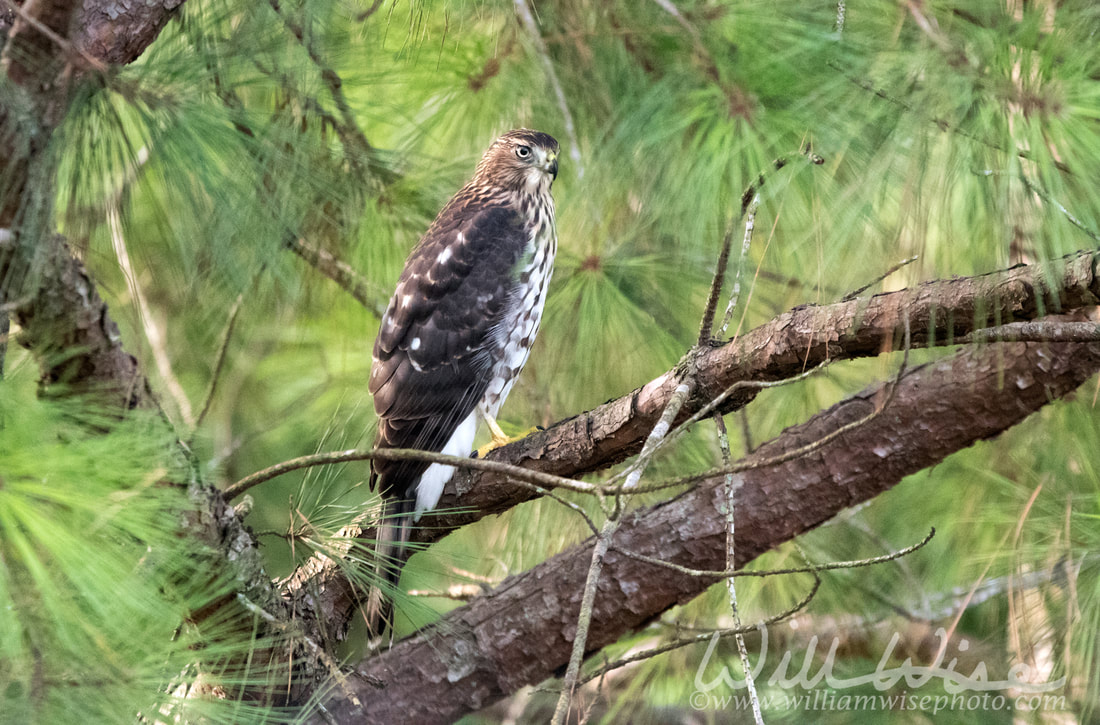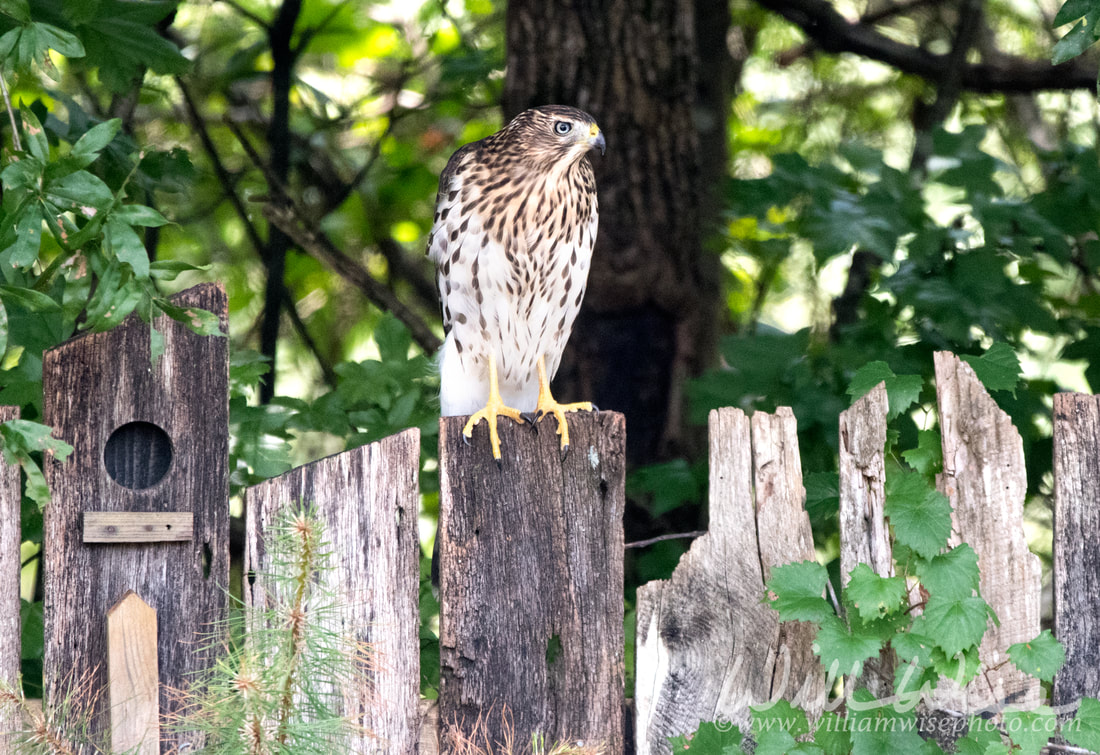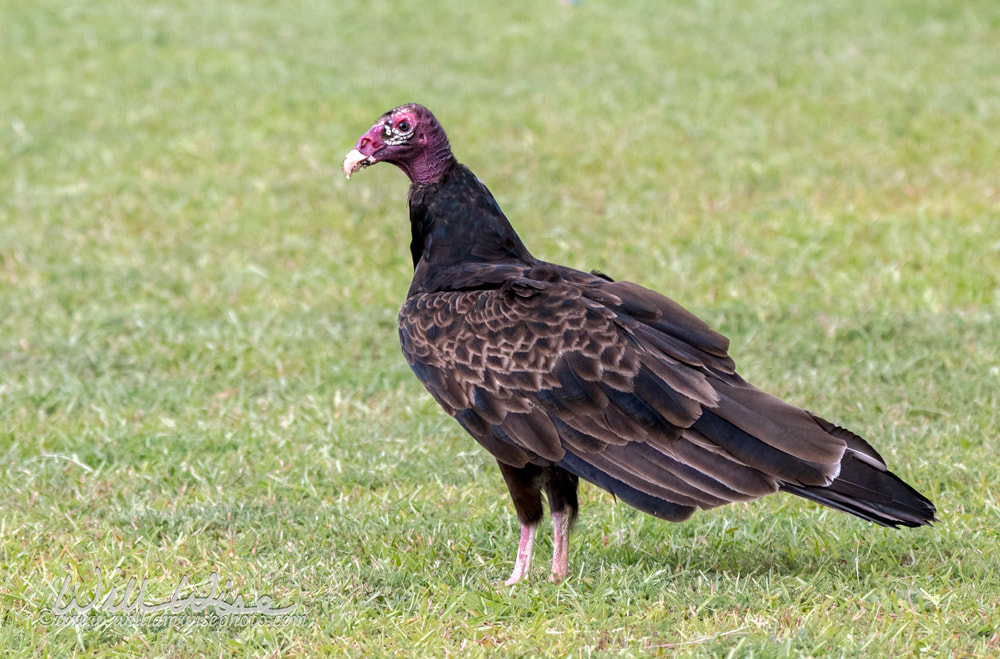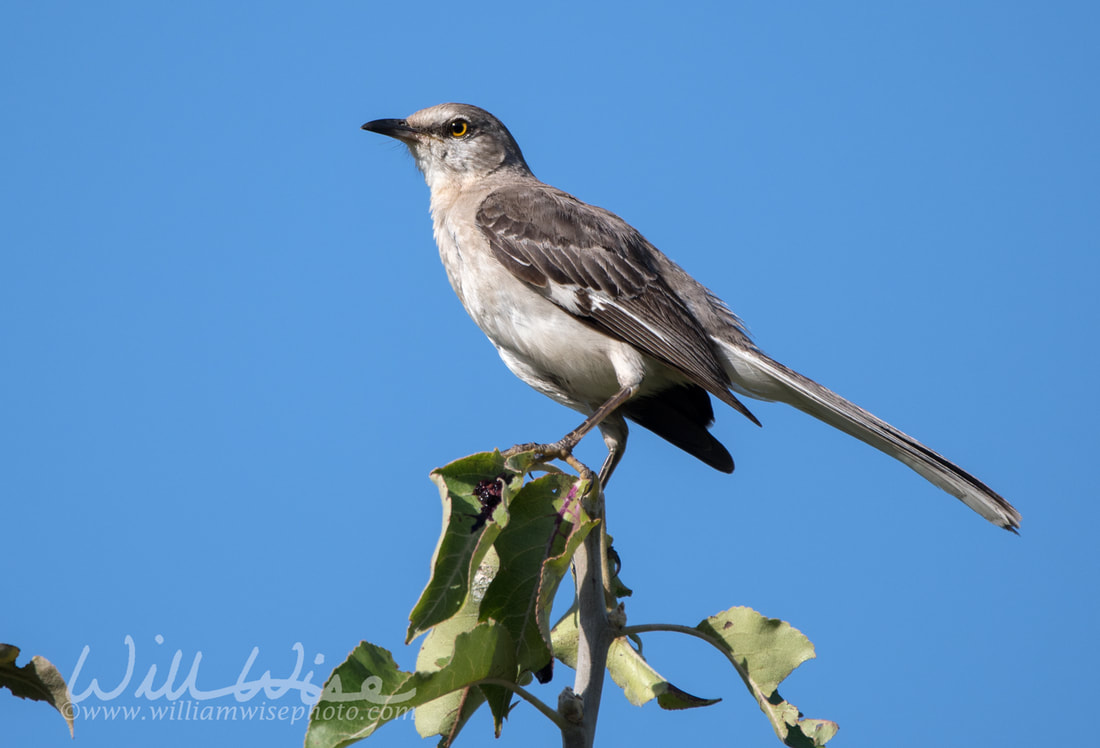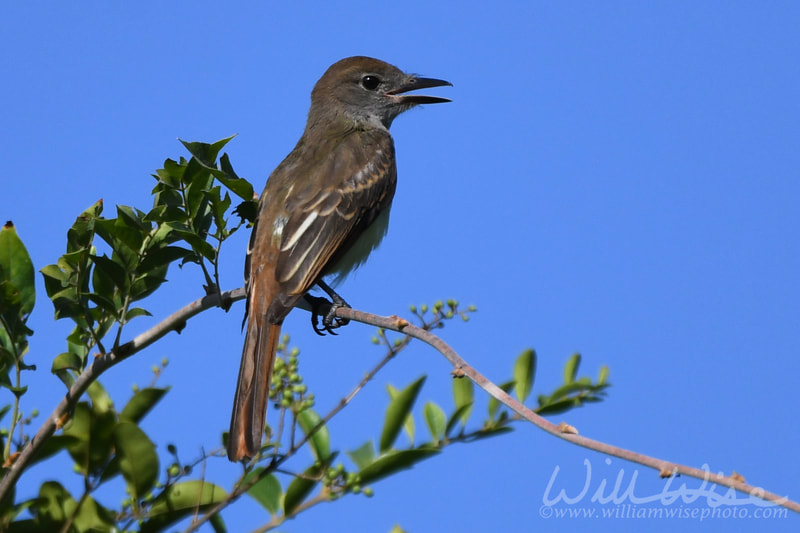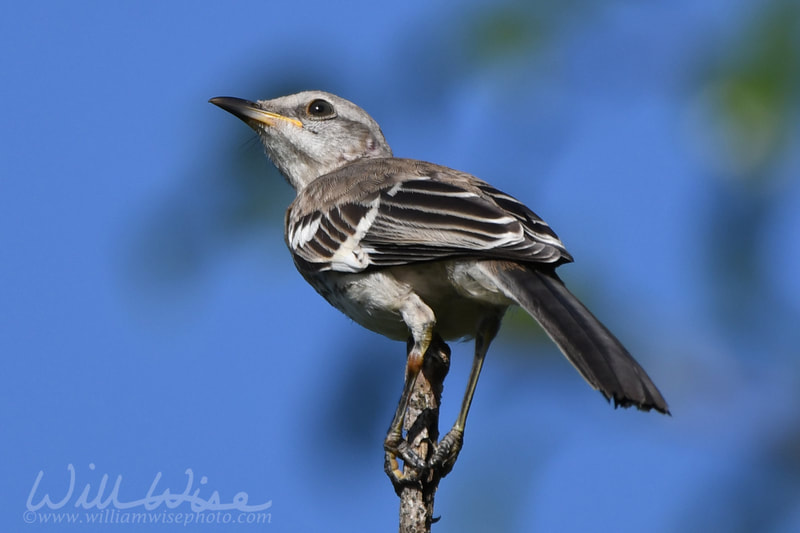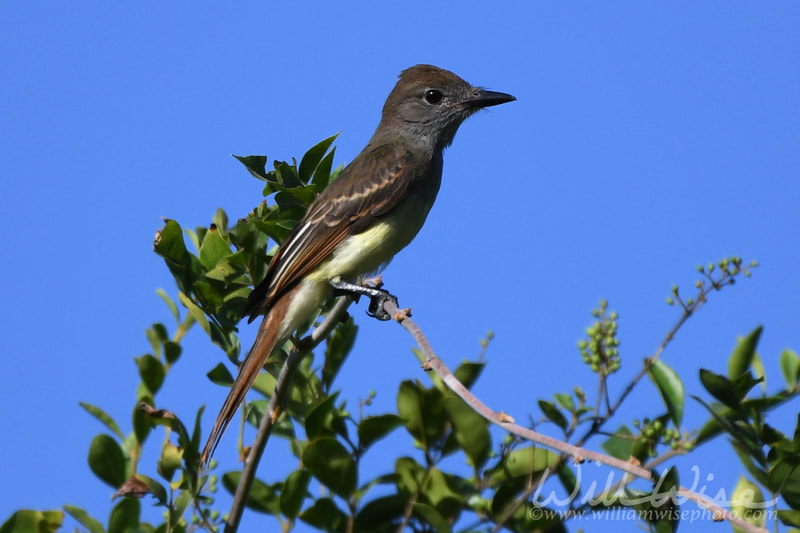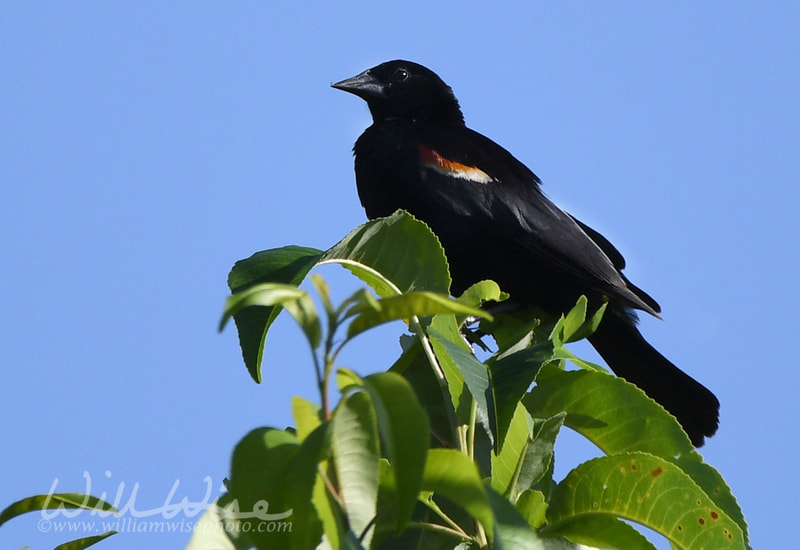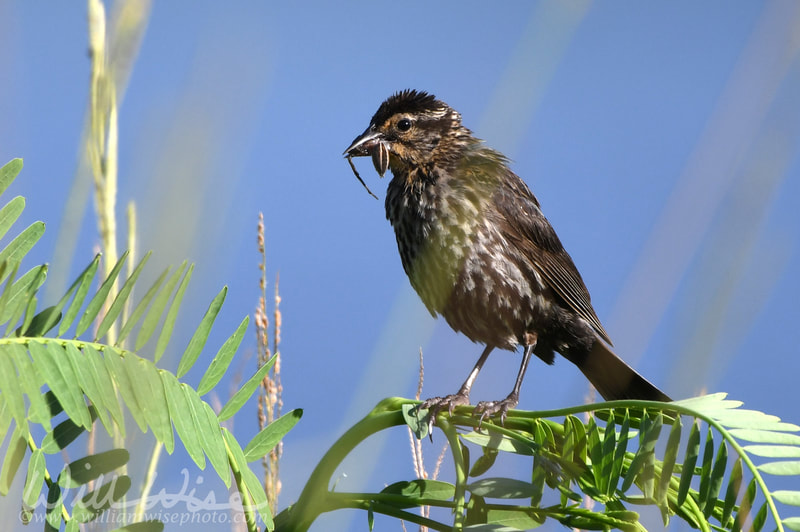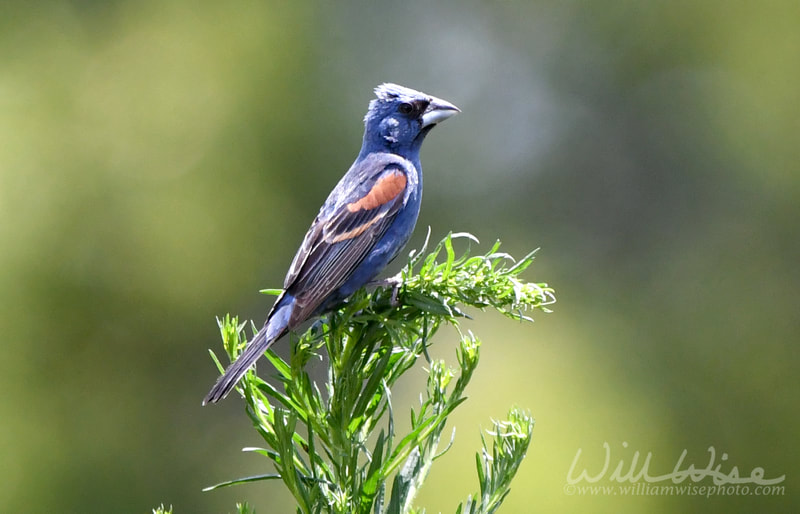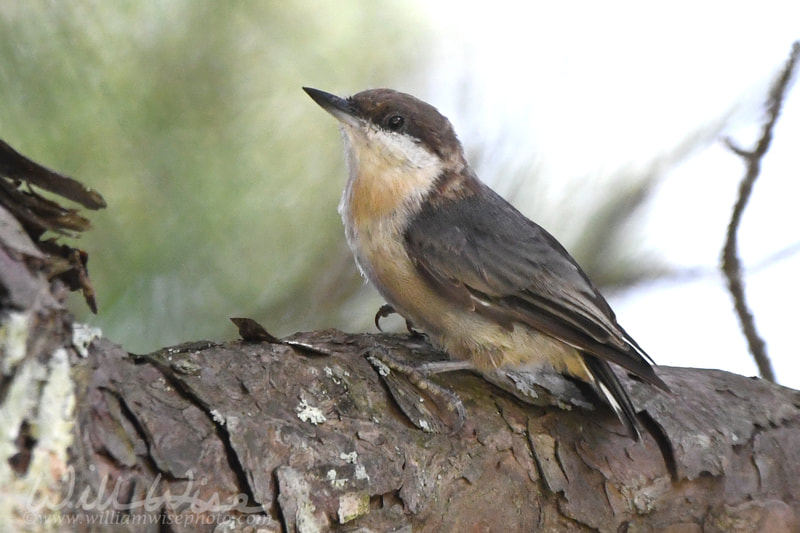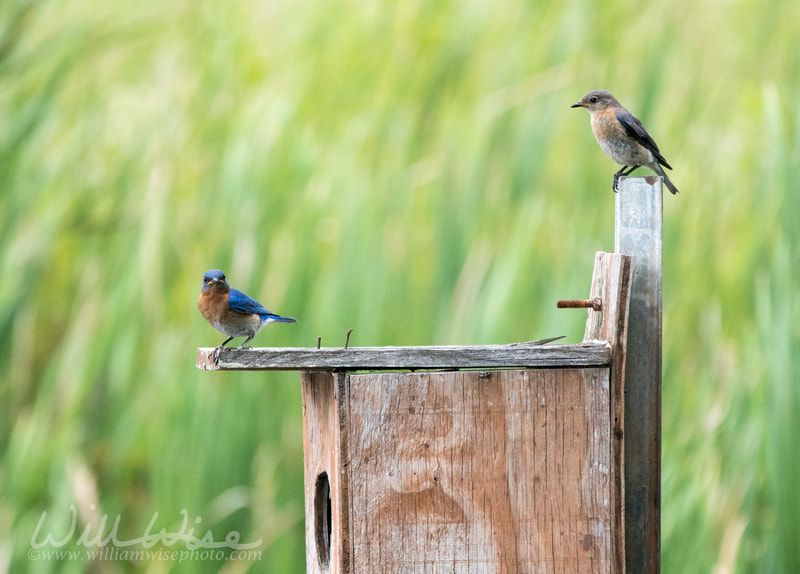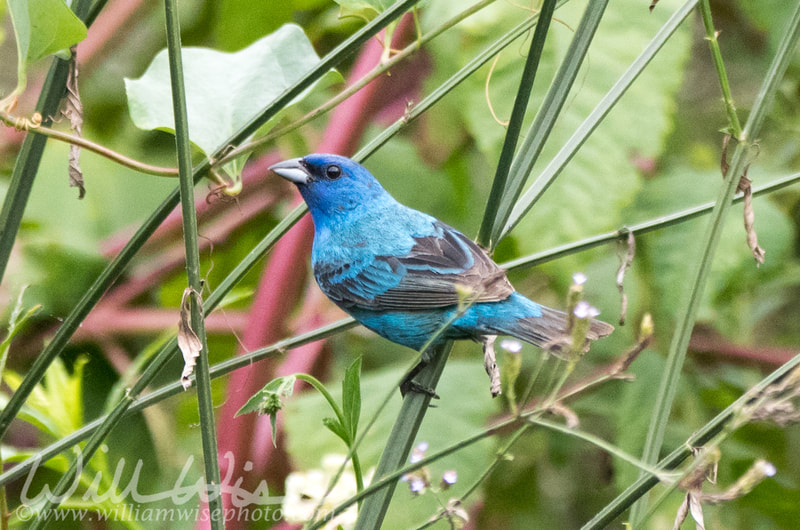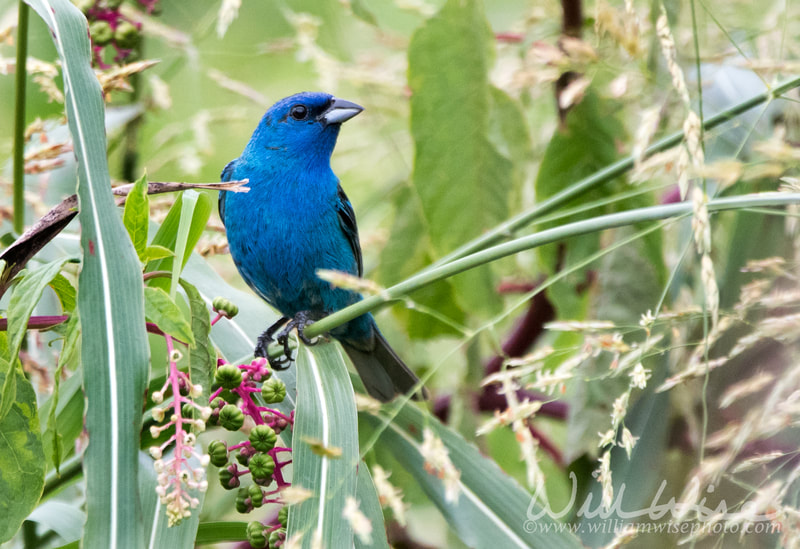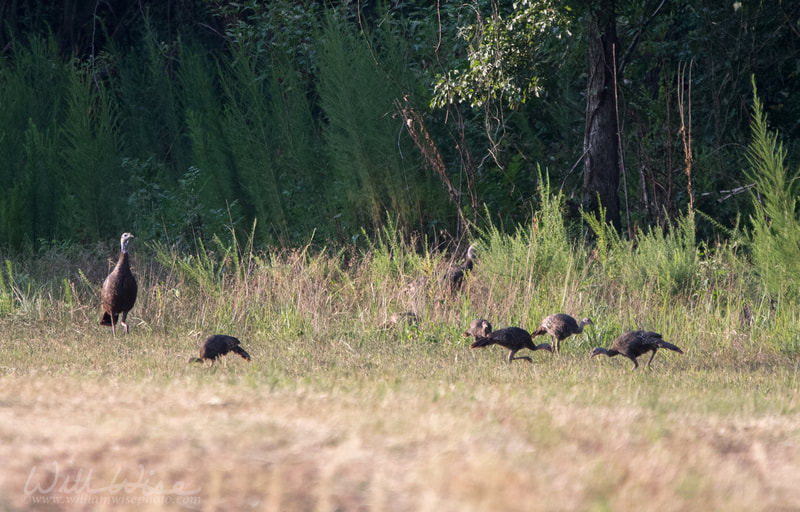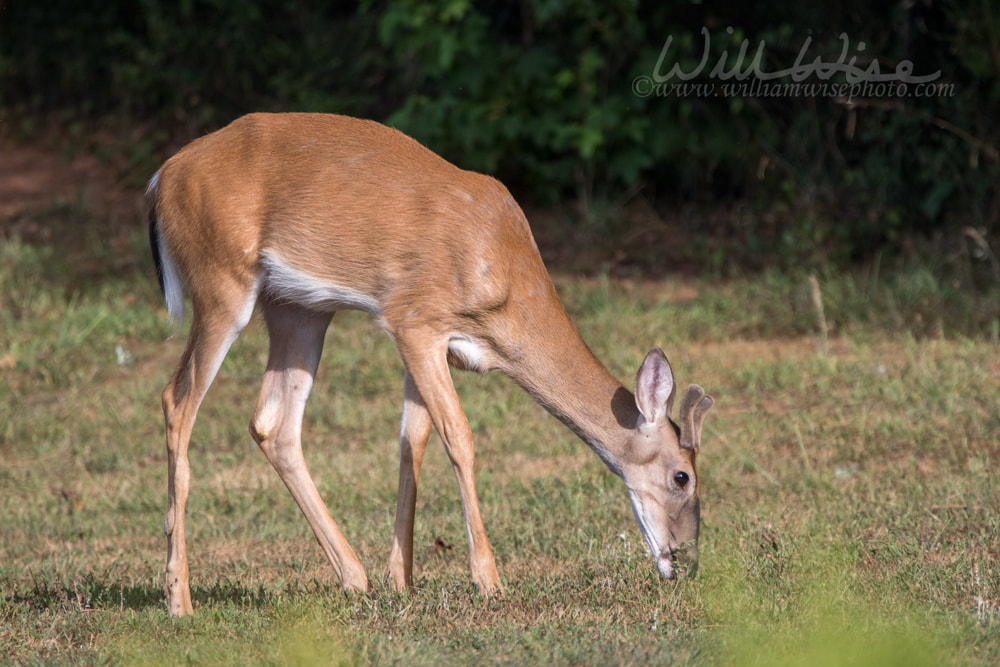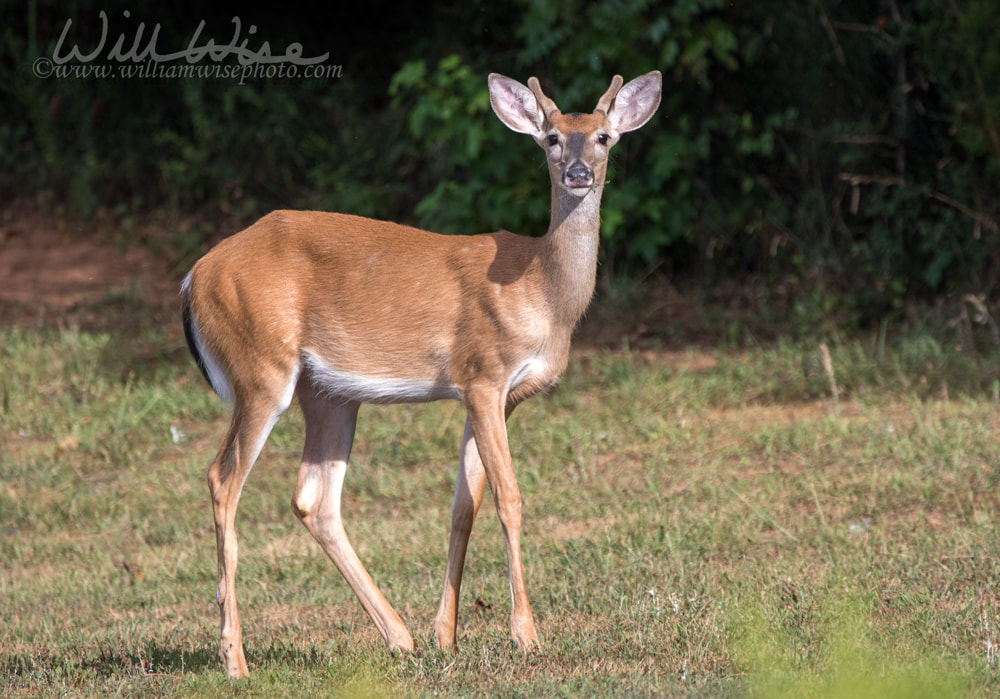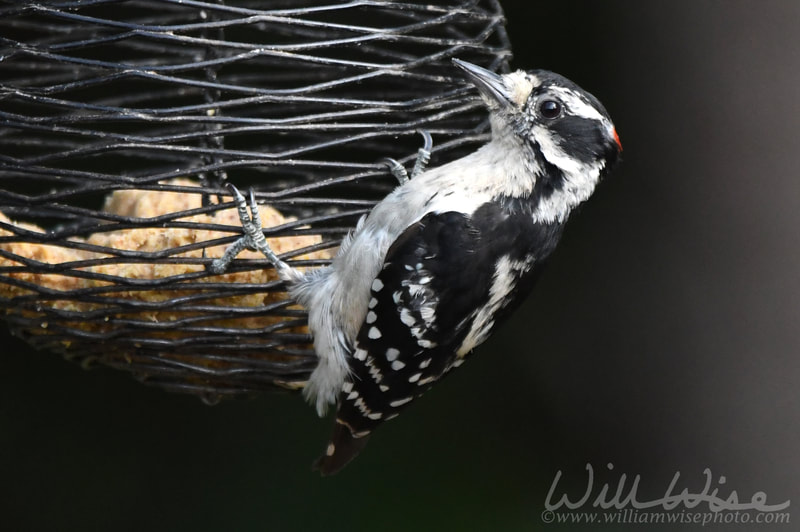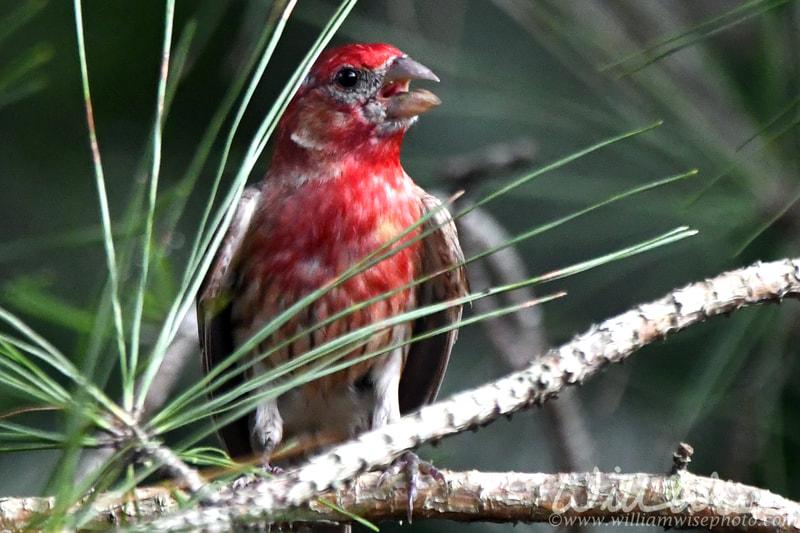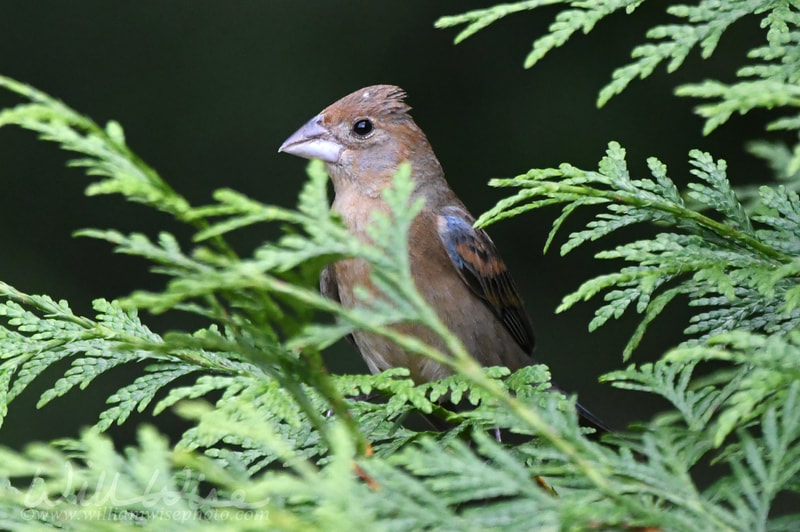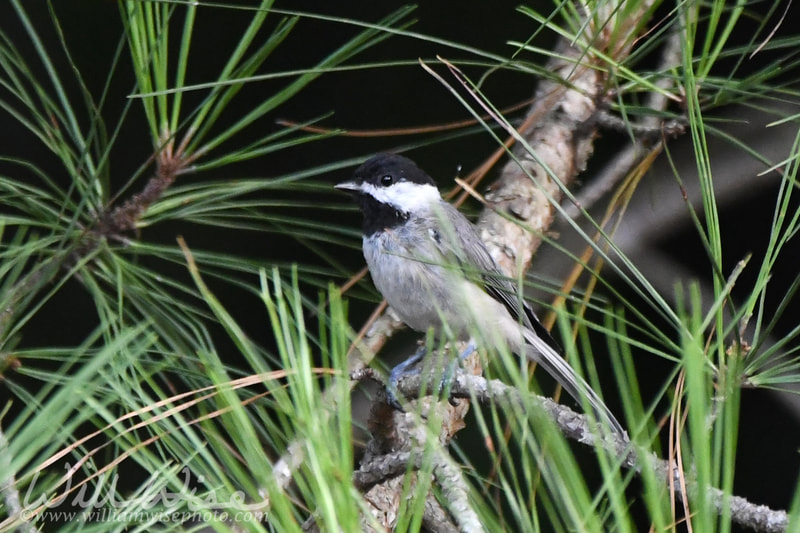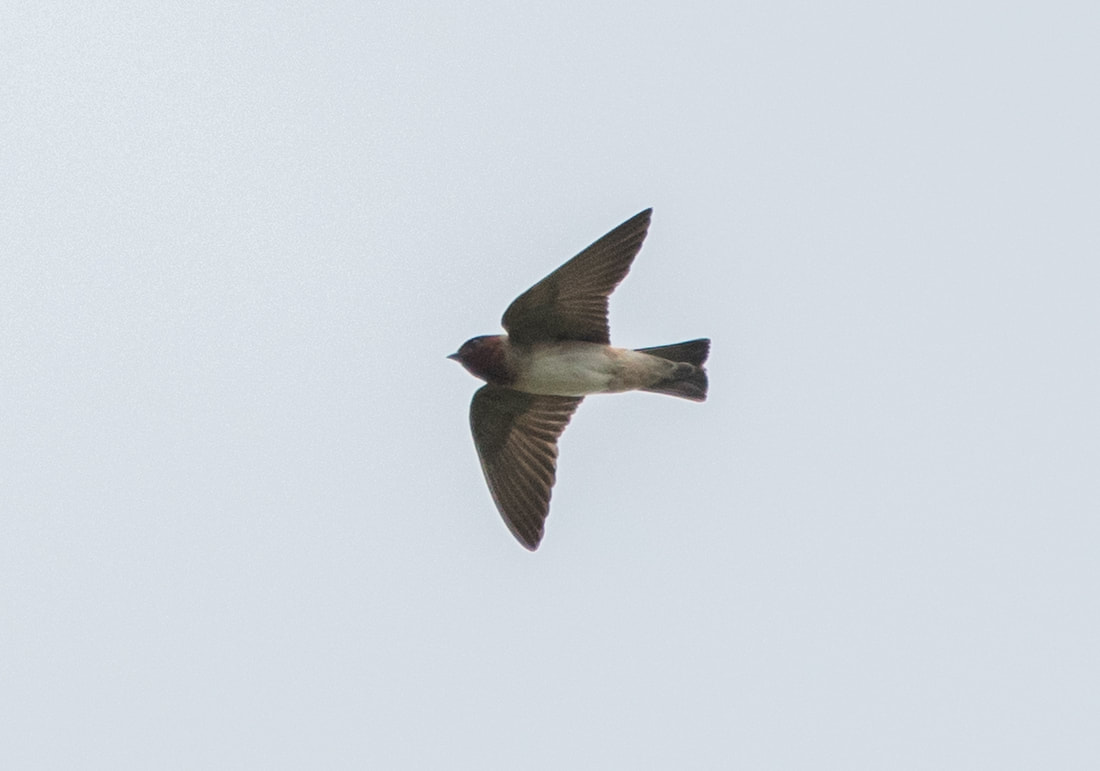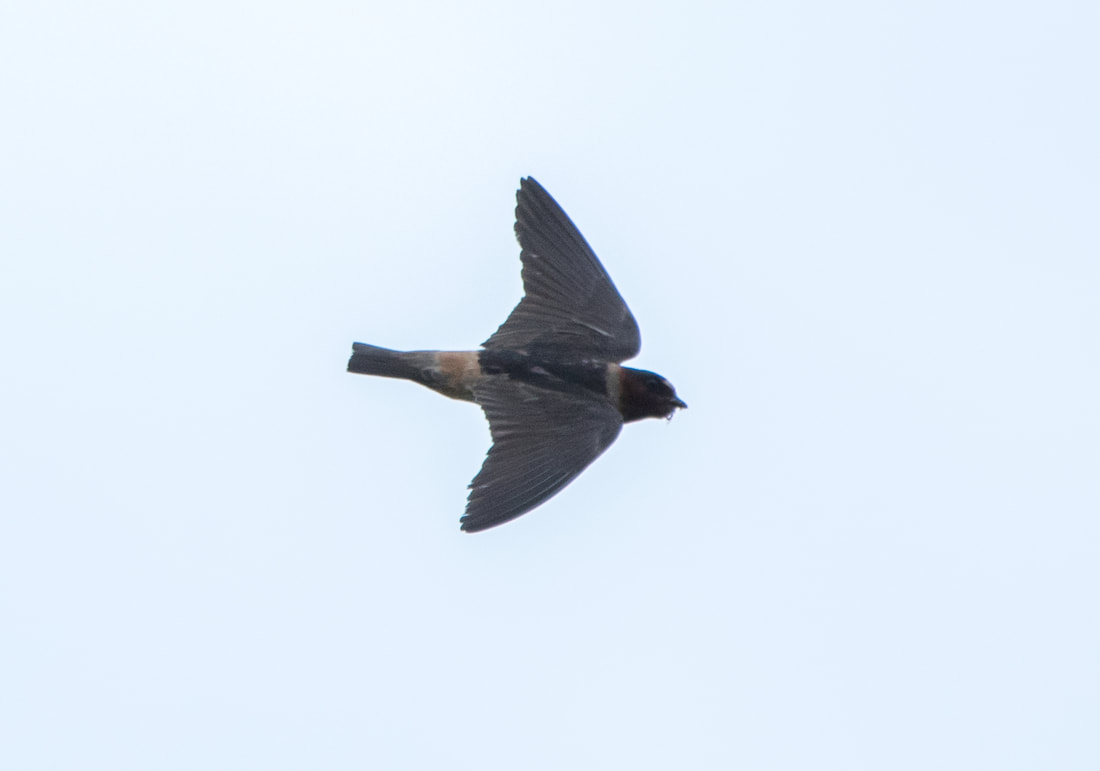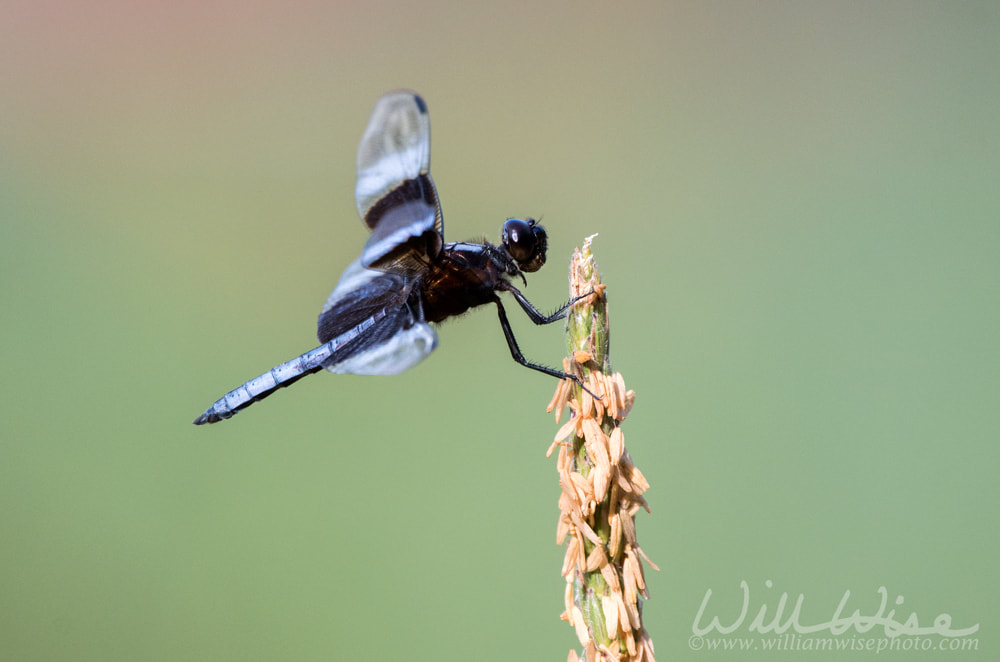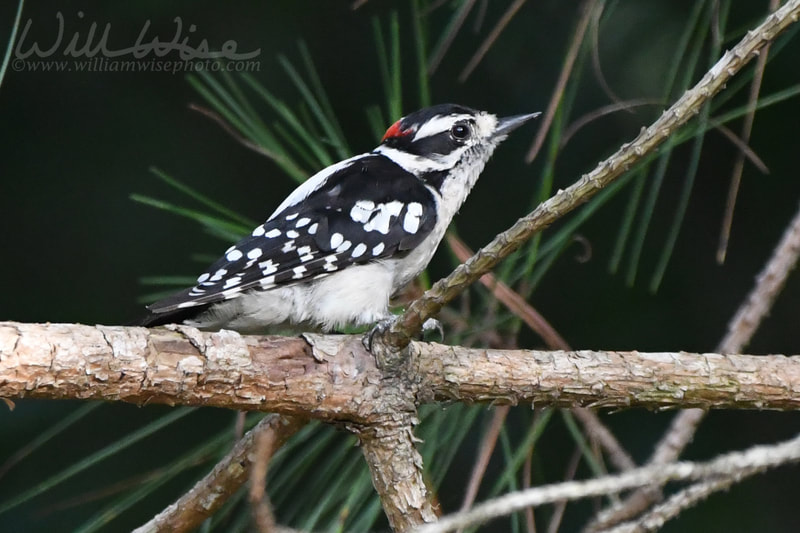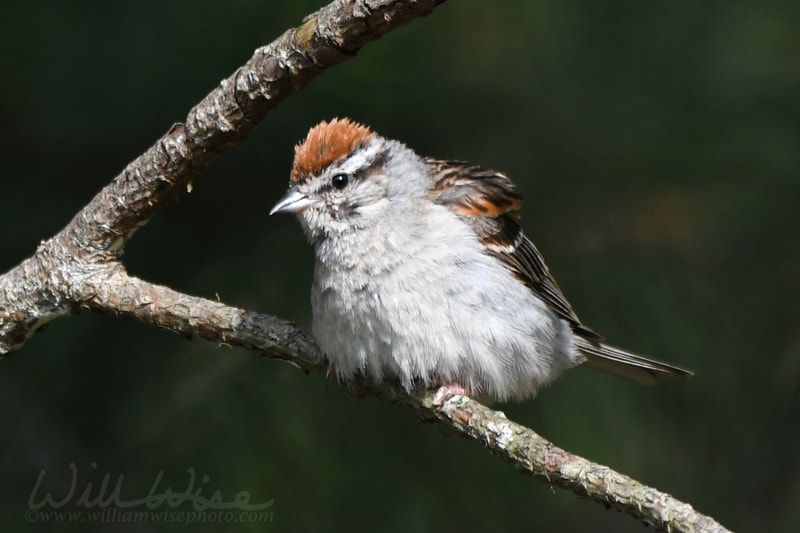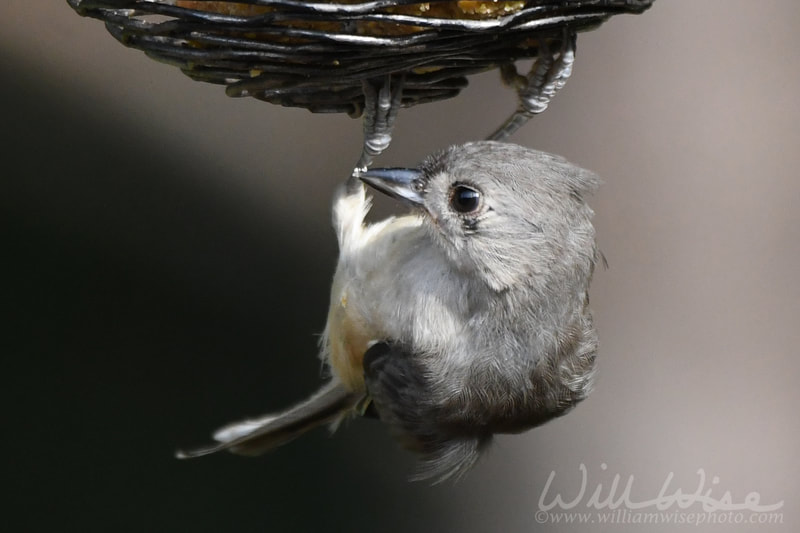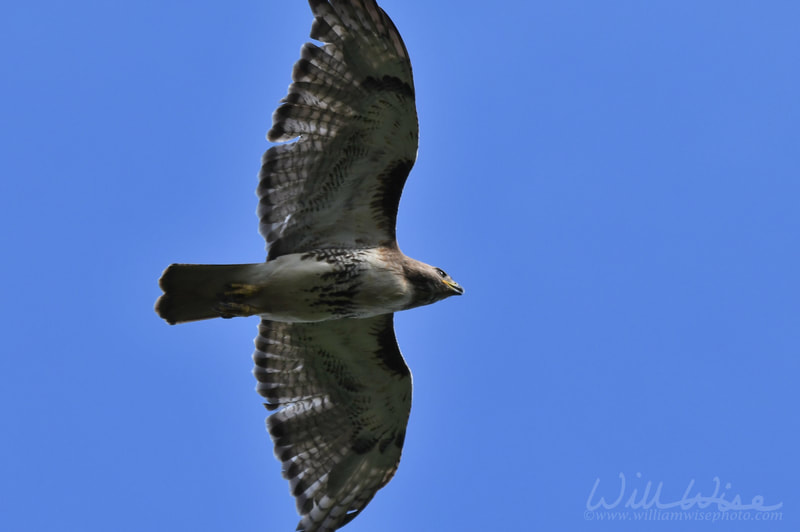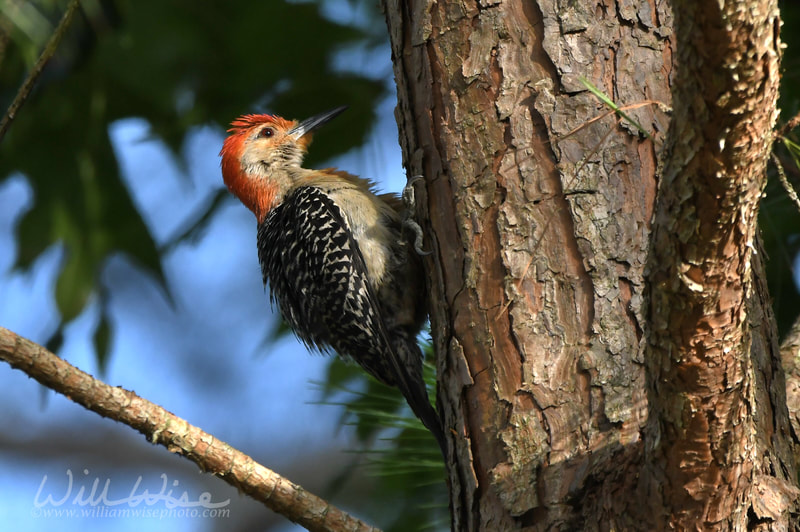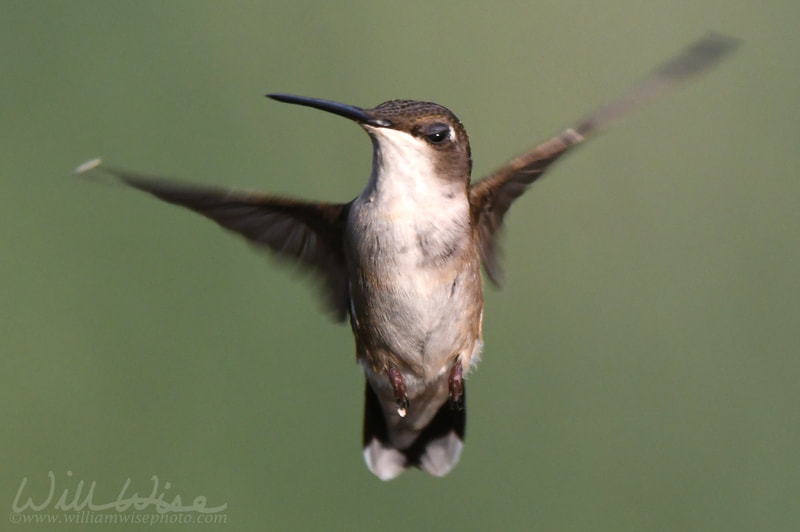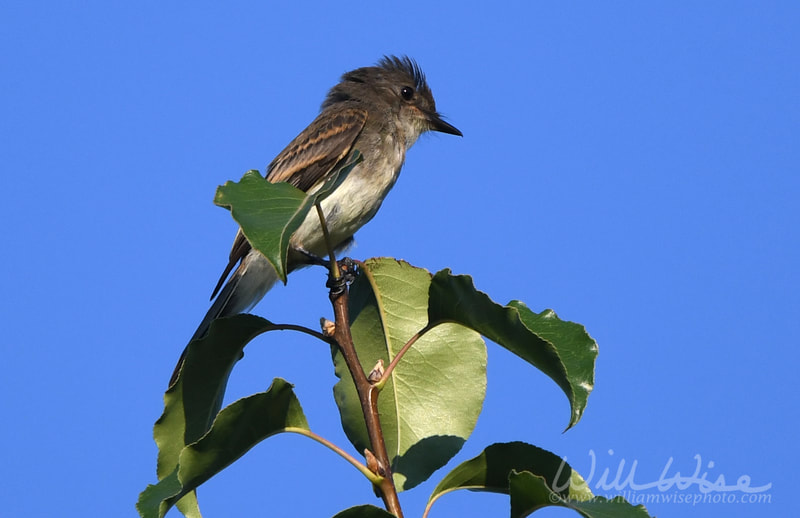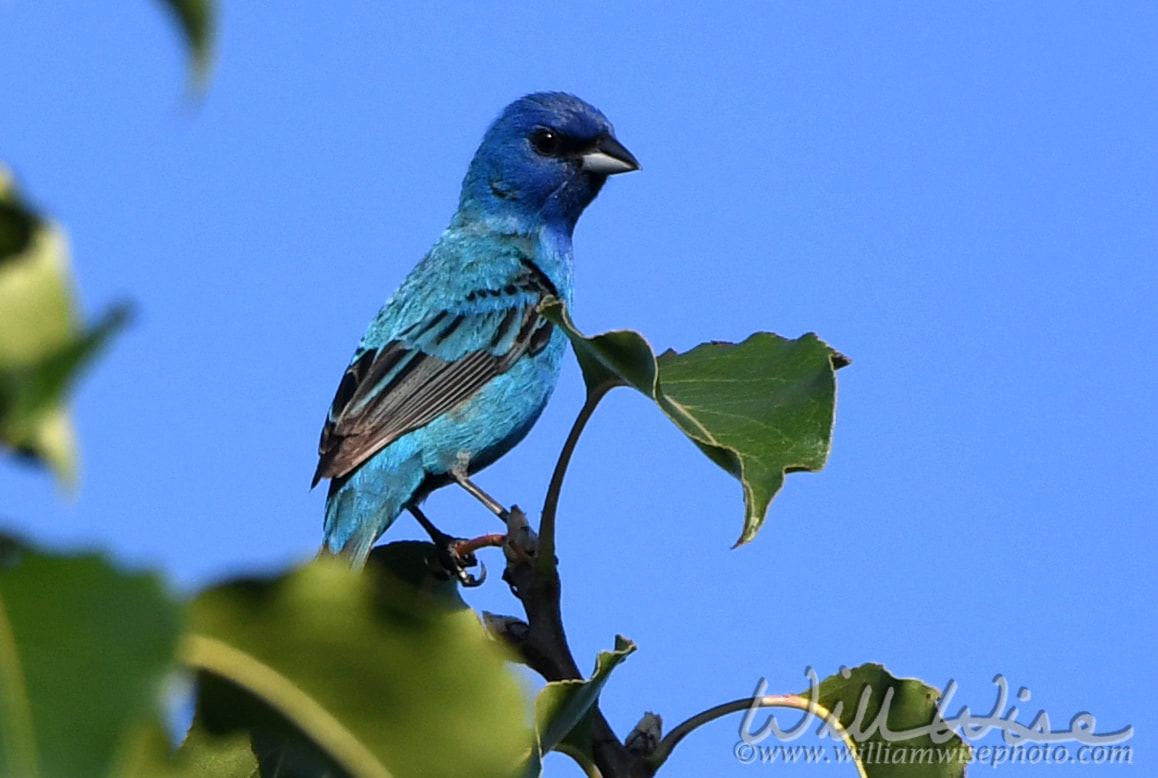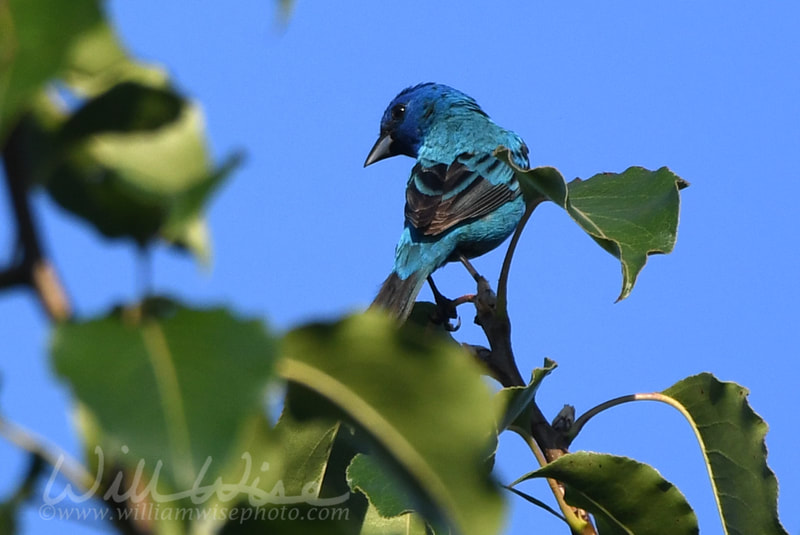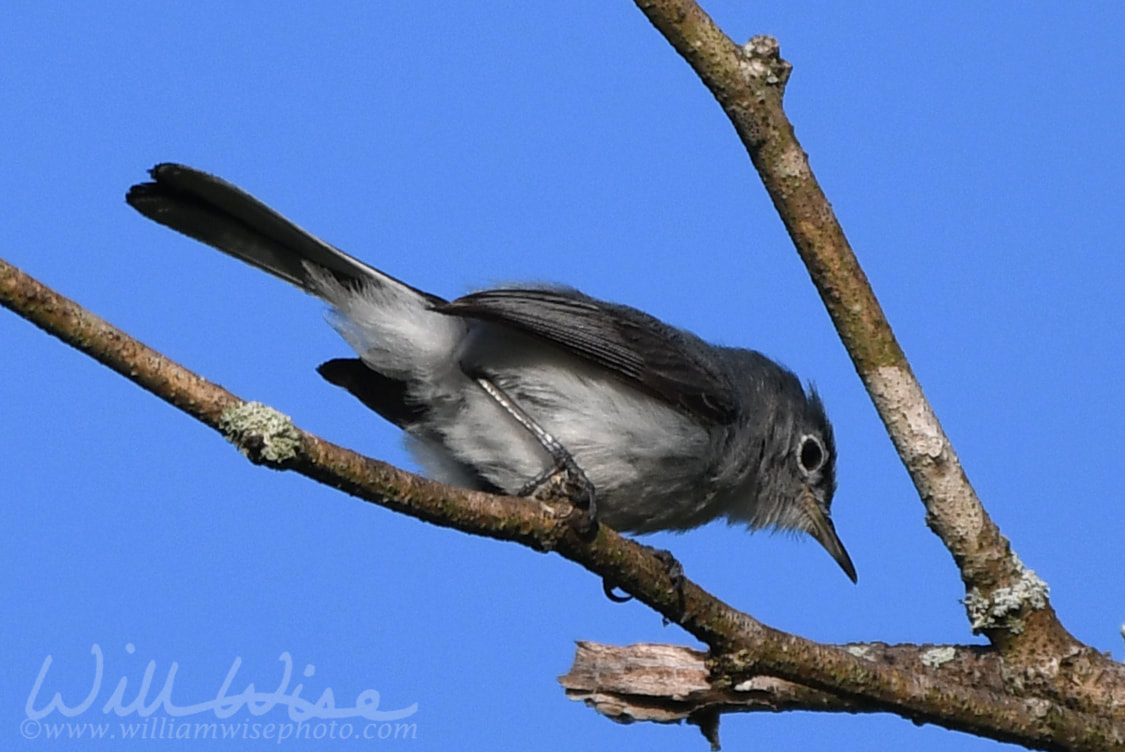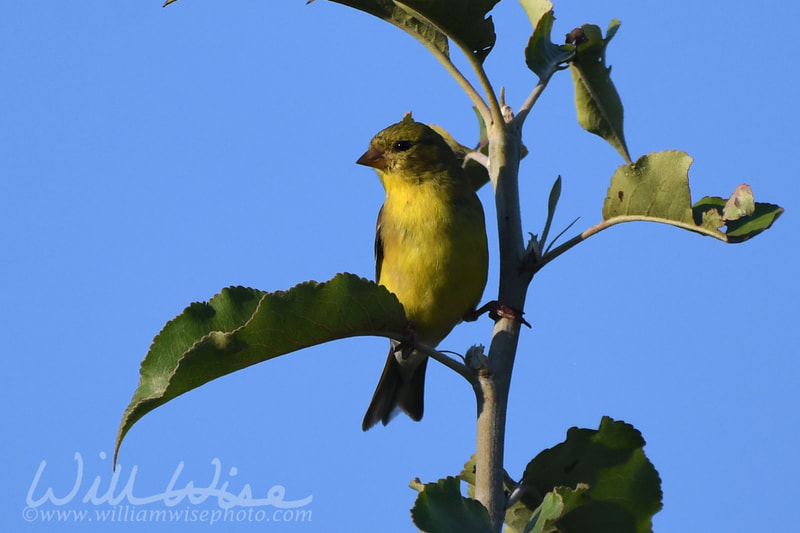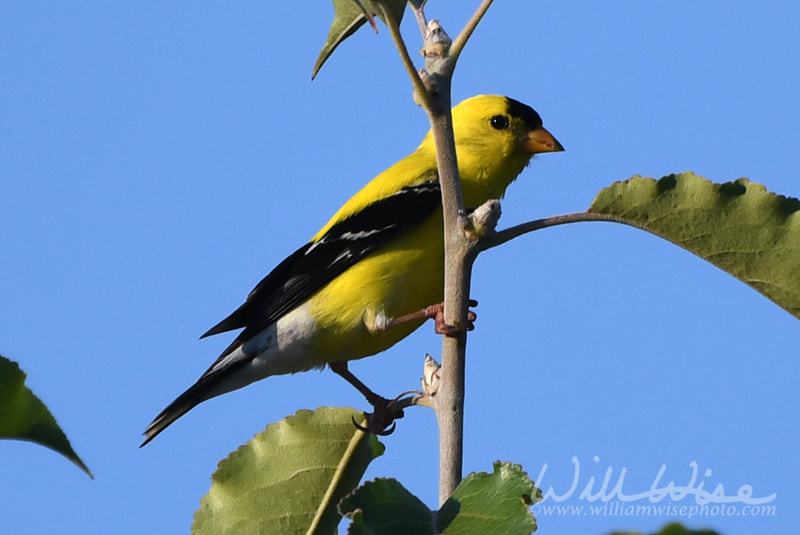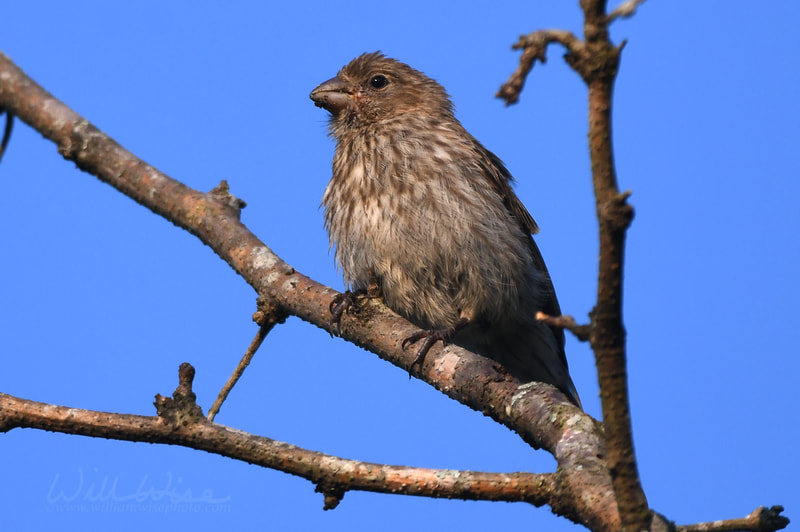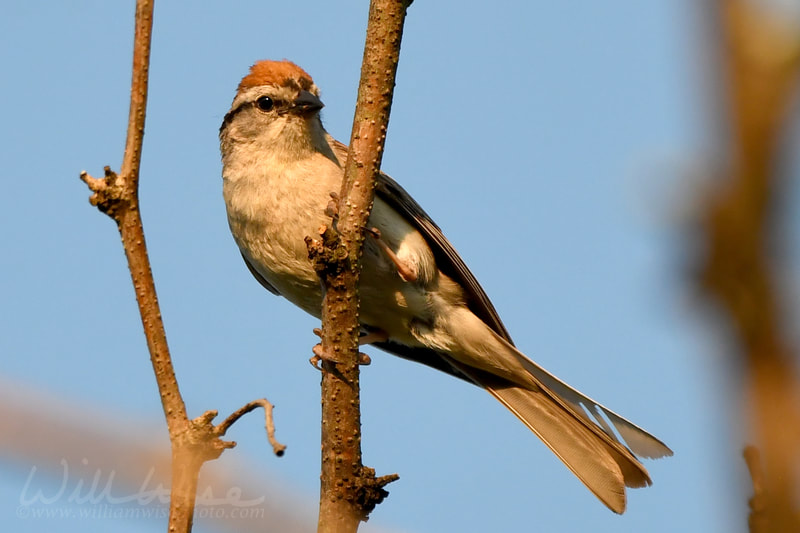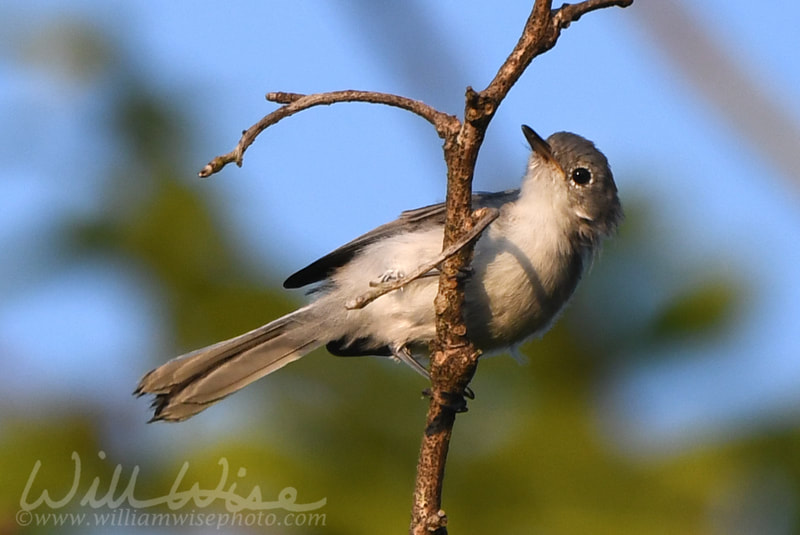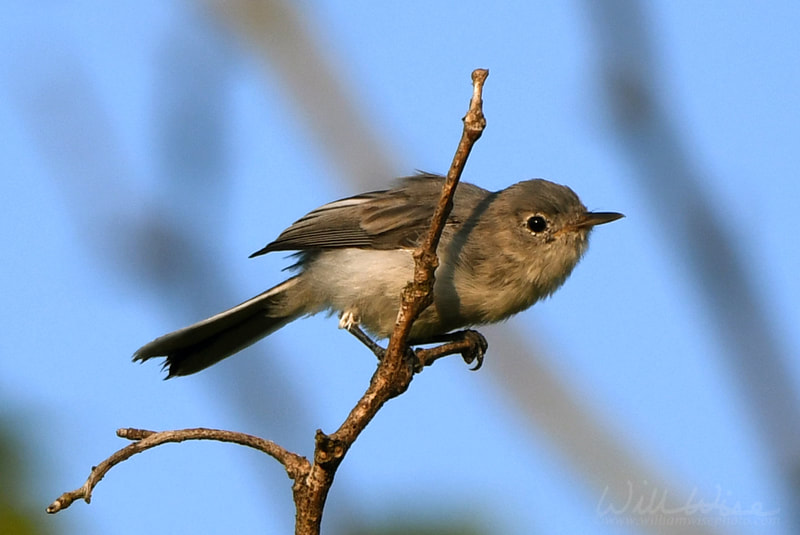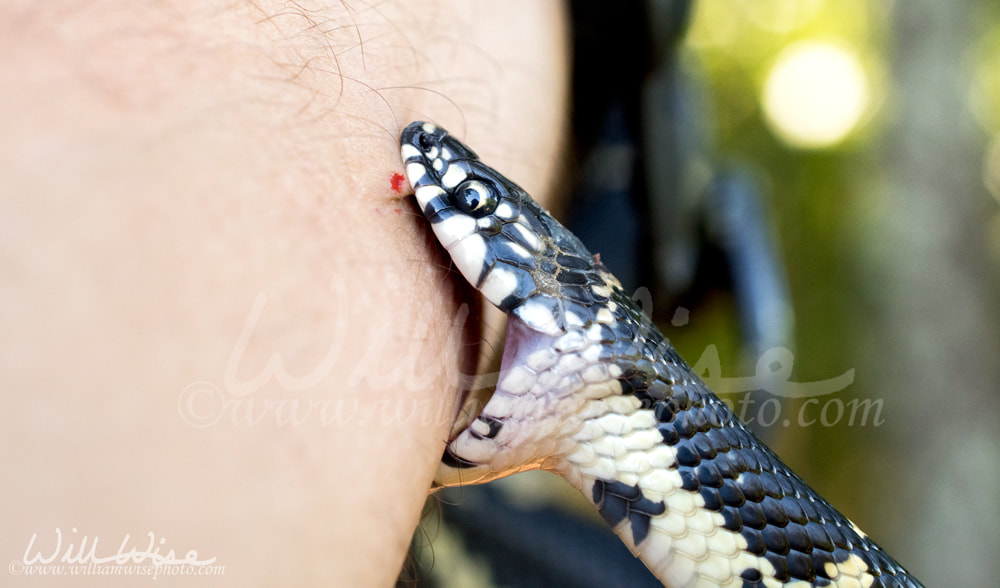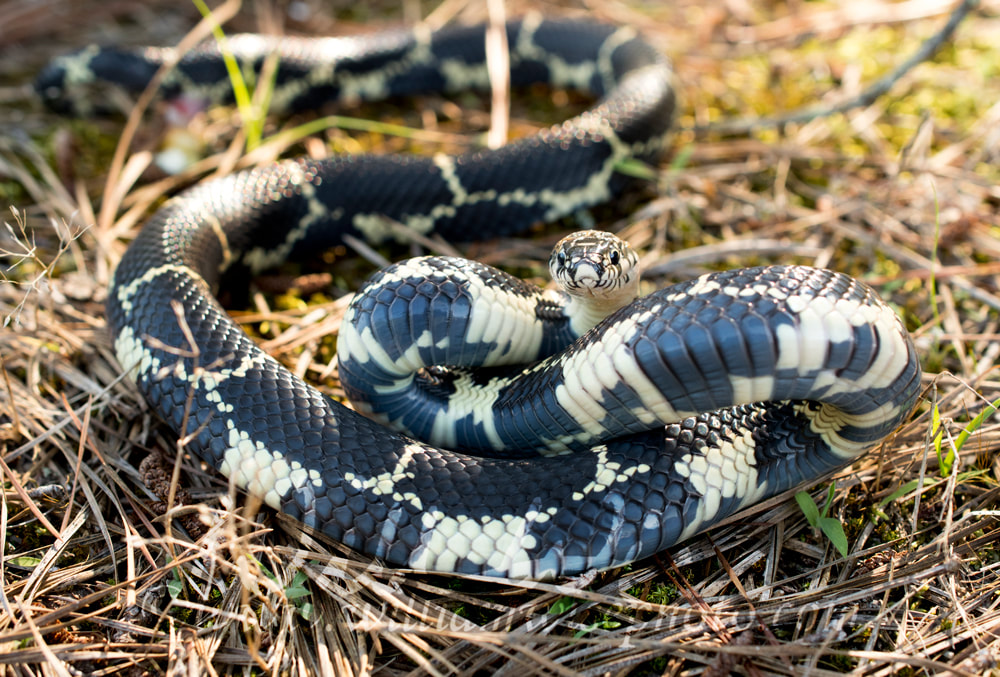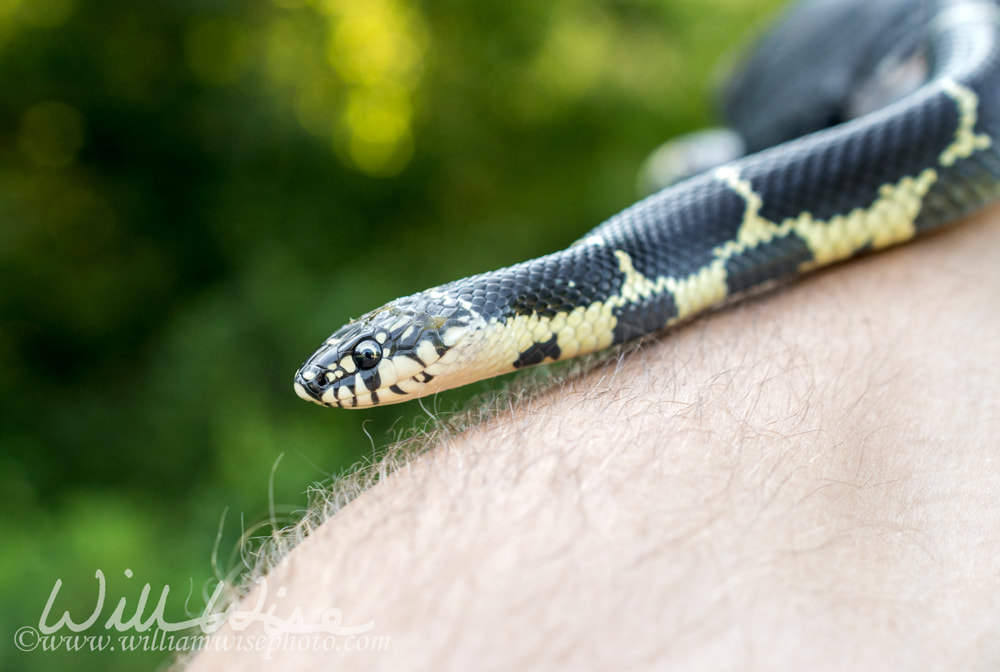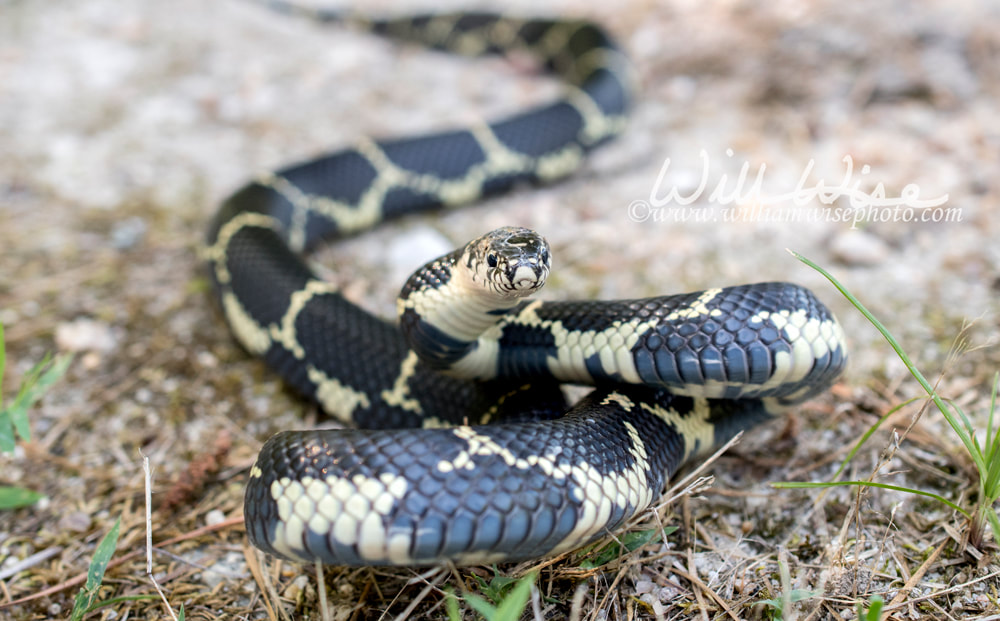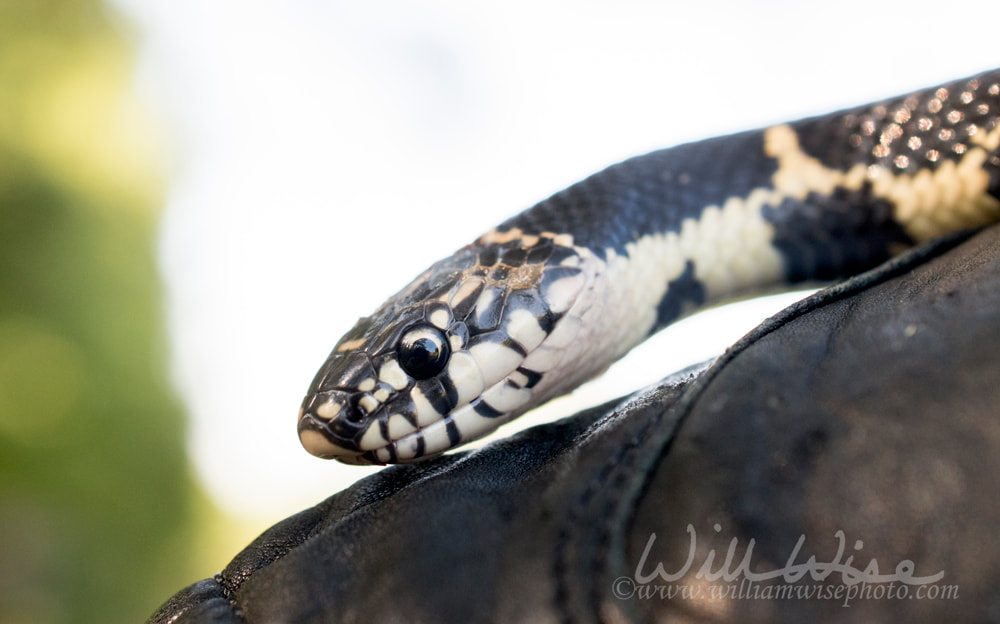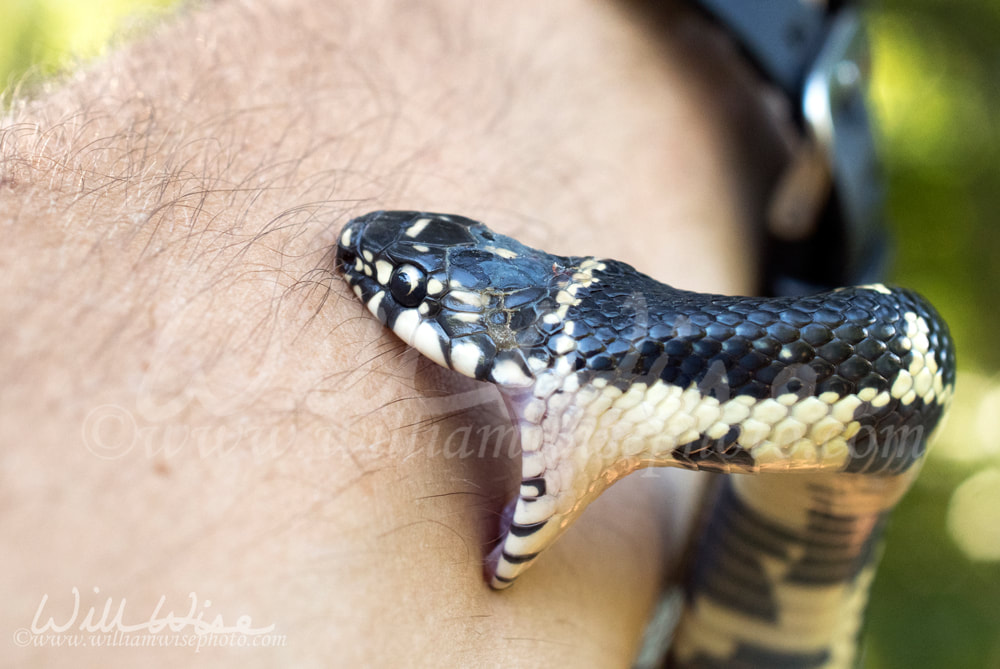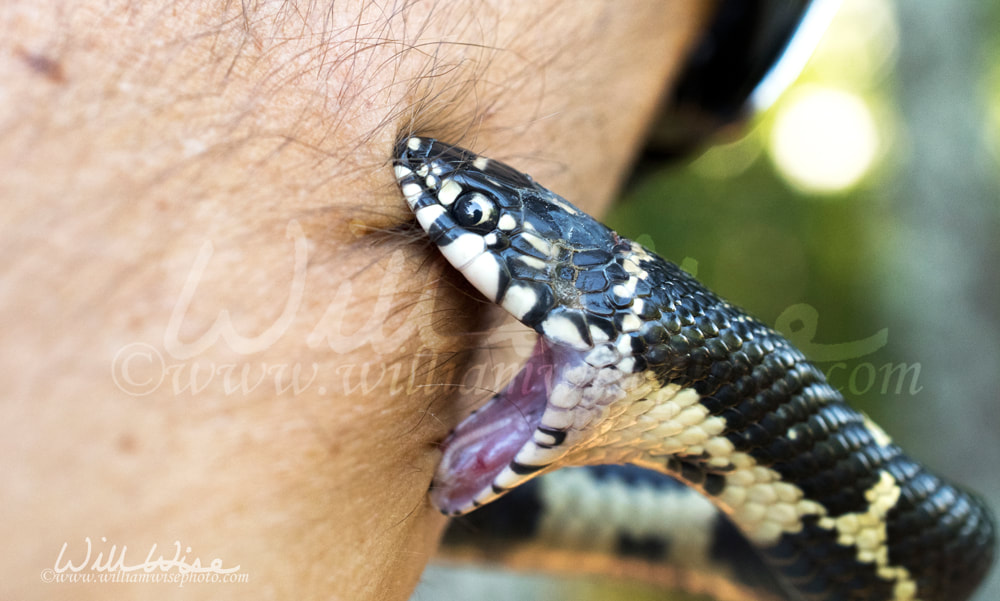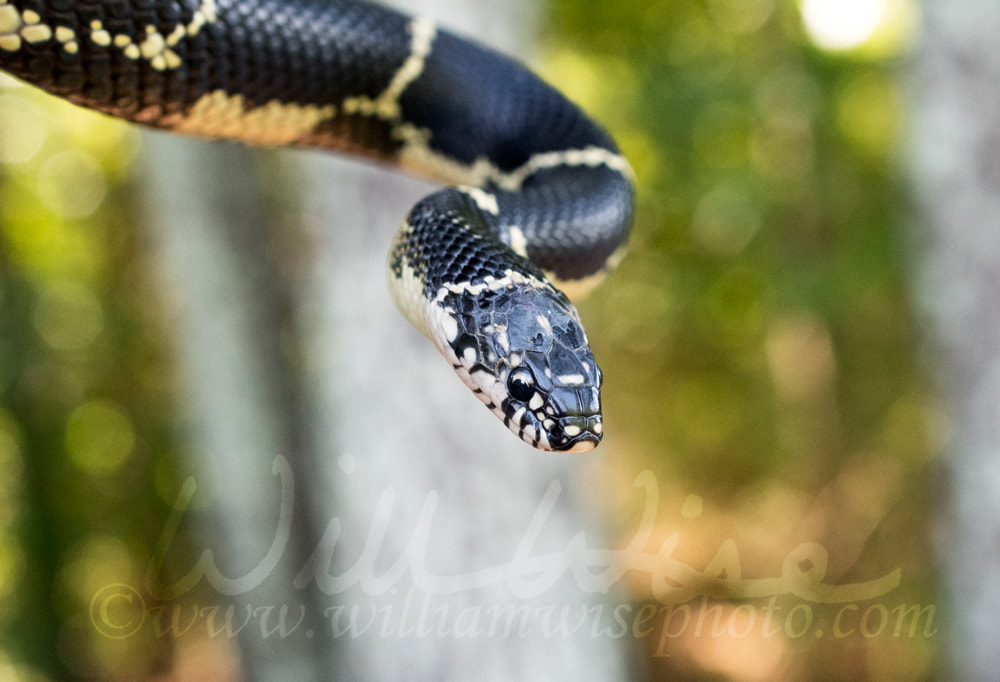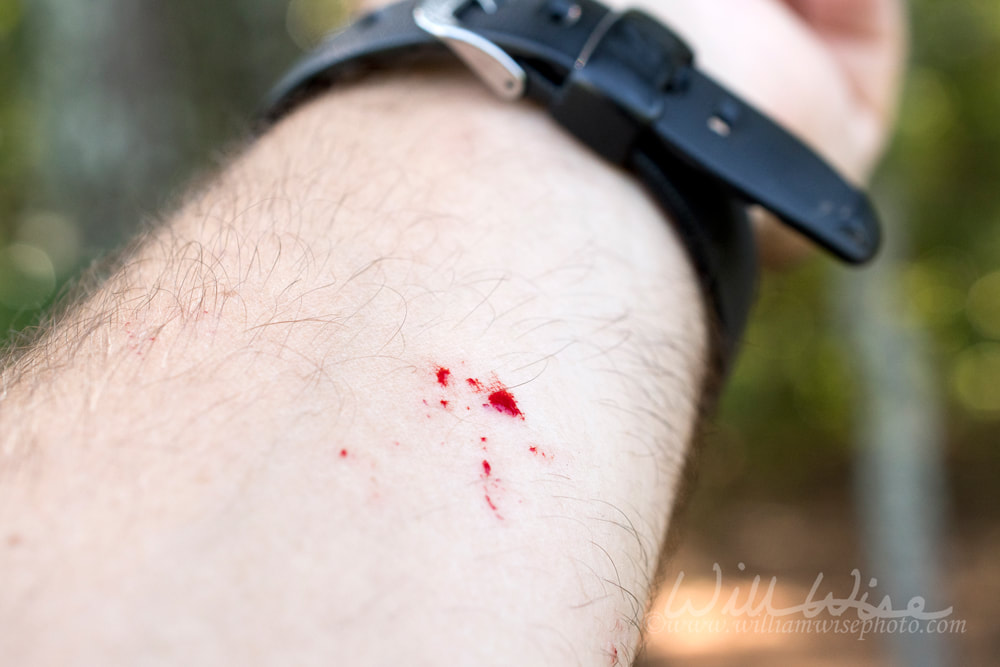
Williamwisephoto Nature Notes is a wildlife, landscape, birding and nature photography blog documenting the beauty, design and wonder of God’s creation. -- "What a wildly wonderful world, God! You made it all, with Wisdom at Your side, made earth overflow with your wonderful creations." Psalms 104 The Message
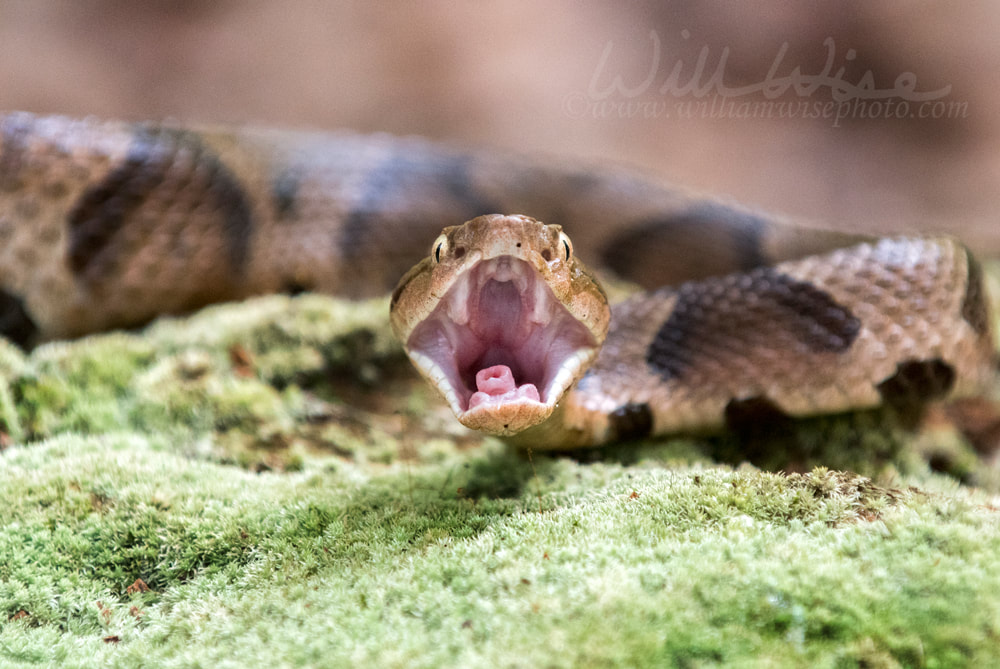
Copperhead Pit Viper with open mouth to strike showing fangs and glottis. Agkistrodon contortrix, is a species of venomous snake, a pit viper, in Eastern North America. Heat-sensing pit organ located between the eye and the nostril on both sides of the head. Bite symptoms include extreme pain, tingling, throbbing, swelling, and severe nausea.
This beauty was picked up on an animal control call in Walton County, Georgia. A woman opened the door to a utility shed and found it curled up right in the entrance. The copperhead was pretty thick along the back end, so I’m thinking she may be a gravid female. I was doing a quick photo session before releasing it and this feisty viper kept striking at my camera. So I got some nice video footage of her strike.
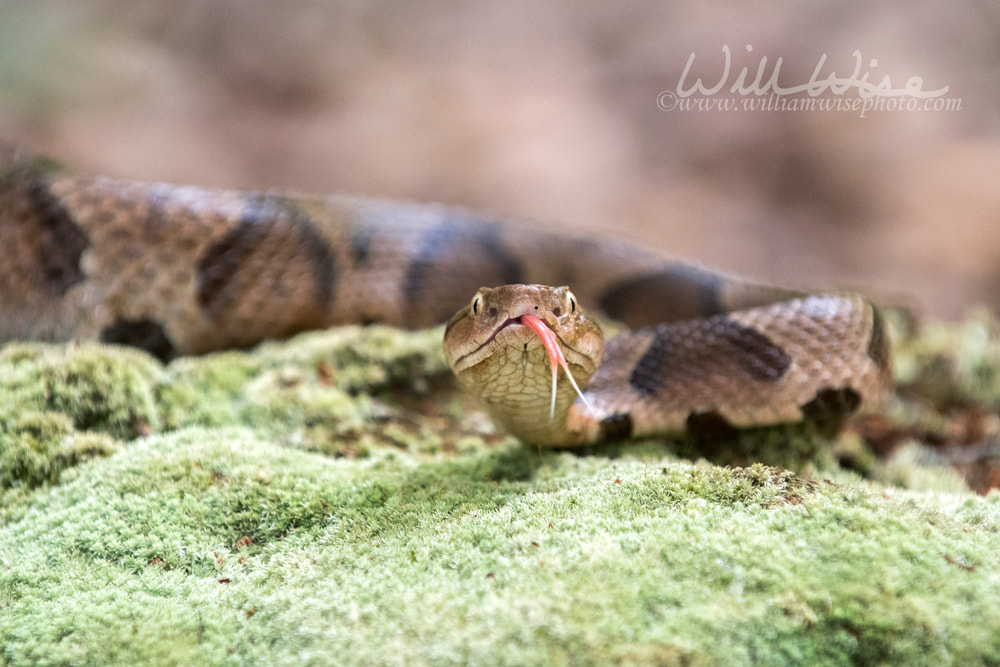
Copperhead Pit Viper flicking tongue. Agkistrodon contortrix, is a species of venomous snake, a pit viper, in Eastern North America. Heat-sensing pit organ located between the eye and the nostril on both sides of the head. Bite symptoms include extreme pain, tingling, throbbing, swelling, and severe nausea.
0 Comments
The Great Egret has been returning almost daily to the retention pond. It has grown quite tolerant of my presence and I was able to approach it slowly today, and get quite close.
 William Wise Photo Nature Notes is a wildlife, landscape, birding and nature photography blog documenting the beauty, design and wonder of God’s creation. -- "What a wildly wonderful world, God! You made it all, with Wisdom at Your side, made earth overflow with your wonderful creations." Psalms 104 The Message I remember seeing this partially piebald White-tailed Deer last year as a fawn not long after it was born. At that time (and still may), it walked with a limp. I'm not sure if this is would be considered a piebald deer due to a genetic anomaly, or if this was from some sort of injury or other cause.
 Williamwisephoto Nature Notes is a wildlife, landscape, birding and nature photography blog documenting the beauty, design and wonder of God’s creation. -- "What a wildly wonderful world, God! You made it all, with Wisdom at Your side, made earth overflow with your wonderful creations." Psalms 104 The Message Eating lunch on a Sunday afternoon after church, I suddenly jumped up from the table. (My family is somewhat used to that.) Grabbing my camera, I snuck out back where there were two nice bucks still in velvet in the meadow behind my house.
One of my disciplines of the last 26 years is to pray at my church before work every weekday morning (God knows I need it!). Since I prefer being outdoors, I pace the sidewalk out front as I pray. This morning I found a cute little tree frog clinging to the side of the church building, almost totally hidden and blending with the tan stucco siding. Seeing blue... on a short bird walk on Tuesday there were several Indigo Buntings and Blue Grosbeaks out. Over the past two weeks I've seen small groups of Great Egrets flying in over Clarke, Oconee and Walton counties. But today was my first spotting for the 2019 season of a Great Egret on the main retention pond behind my office in Walton. No doubt it will return almost daily for several months now. The fledgling Coopers Hawks I’ve heard screaming near my backyard for 2 weeks finally came out this morning to try out their wings, making it to a roof top about 50 yards from their nest. July 28, 2019 - one week after fledging the two juveniles are still in the area. In fact, they are even closer! They are spending quite a bit of time around and making dives at my backyard bird feeders. I haven't seen a successful dive yet, but perhaps if they'll start from further back and keep a bit quieter, they'll finally come up with a dove or squirrel.
I want to thank Lee's Birdwatching Adventures for guest posting this blog! Lee's website is about birding from a Christian perspective and has years of articles and content from Lee and other gifted creationists and birders.  Creation Speaks is a Biblical teaching ministry that uses nature writing and photography to glorify our Creator and teach the truth of creation. “But ask the animals, and they will teach you, or the birds in the sky, and they will tell you; or speak to the earth, and it will teach you, or let the fish in the sea inform you. Which of all these does not know that the hand of the Lord has done this?" Job 12:7-9 While running a 10K race with my 69-year-old father, I laughed as he looked up and shouted at a group of circling vultures and said, “Go away! I’m not dead yet!” Although they were waiting to dine on him, he wasn’t quite ready to be their supper. The Bible tells us (and yes, I believe it) that one day in the future, God is going to host two great suppers, or feasts. The first is the party of the century… no, the party of the millennia… no, the party of the ages! It is called the Marriage Supper of the Lamb. And all the followers of Jesus Christ will be given clean, white garments and enjoy the greatest wedding reception of all time. Revelation 19:17-18 And I saw an angel standing in the sun; and he cried with a loud voice, saying to all the fowls that fly in the midst of heaven, Come and gather yourselves together unto the supper of the great God; 18 That ye may eat the flesh of kings, and the flesh of captains, and the flesh of mighty men, and the flesh of horses, and of them that sit on them, and the flesh of all men, both free and bond, both small and great. But simultaneously, there is another feast. It is called the Supper of the Great God. Those who did not RSVP for the Marriage Supper of the Lamb, but lived for themselves, will be attendees at this gathering. For it is a gathering of fowls; of carrion crows and vultures to feed upon the slain who turned in battle against returning Messiah. But you need not attend that feast.
When you pass a roadside party of vultures dining on last night’s unlucky road crossing, just remind yourself, “I’d rather feast at the Marriage Supper of the Lamb than be feasted upon at the Supper of the Great God.”  Williamwisephoto Nature Notes is a wildlife, landscape, birding and nature photography blog documenting the beauty, design and wonder of God’s creation. “But ask the animals, and they will teach you, or the birds in the sky, and they will tell you; or speak to the earth, and it will teach you, or let the fish in the sea inform you. Which of all these does not know that the hand of the Lord has done this?" Job 12:7-9 We’ve entered that stretch of hot and humid Georgia days. Although the temps are in the 90’s, the heat index pushing toward , and even breaks 100 degrees! Even at 8 AM, the heat and humidity is already high and the bird activity seems to slow a bit. Today: Mostly sunny, with a high near 95. Heat index values as high as 99. A 30 percent chance of showers and thunderstorms, mainly after 4pm.  Williamwisephoto Nature Notes is a wildlife, landscape, birding and nature photography blog documenting the beauty, design and wonder of God’s creation. -- "What a wildly wonderful world, God! You made it all, with Wisdom at Your side, made earth overflow with your wonderful creations." Psalms 104 The Message 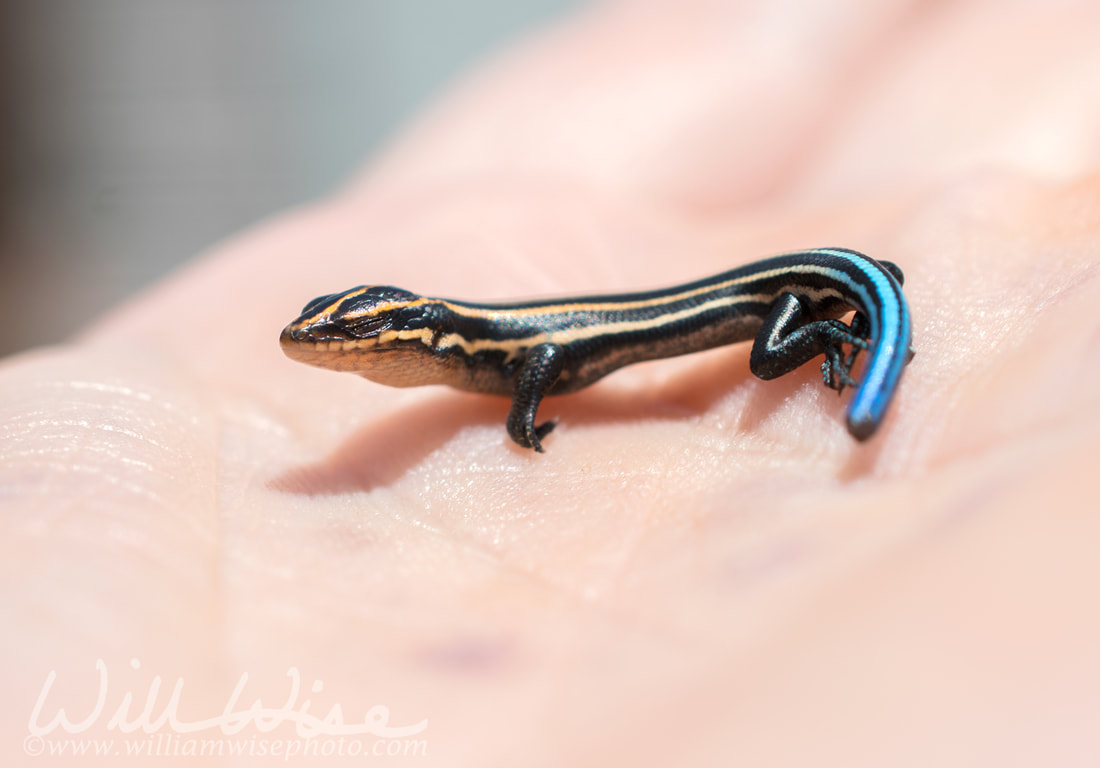 Tiny hatchling Southeastern Five Lined Skink with broken tail sitting in the palm of hand, only about 1 inch long. Found scurrying on the ground in Walton County, Georgia. Like many other lizards, southeastern five-lined skinks will break off their tails when restrained, distracting the predator and allowing the lizard to escape. This tiny little skink was only just a tad over 1 inch long. He crawled up under the front door of the animal shelter. 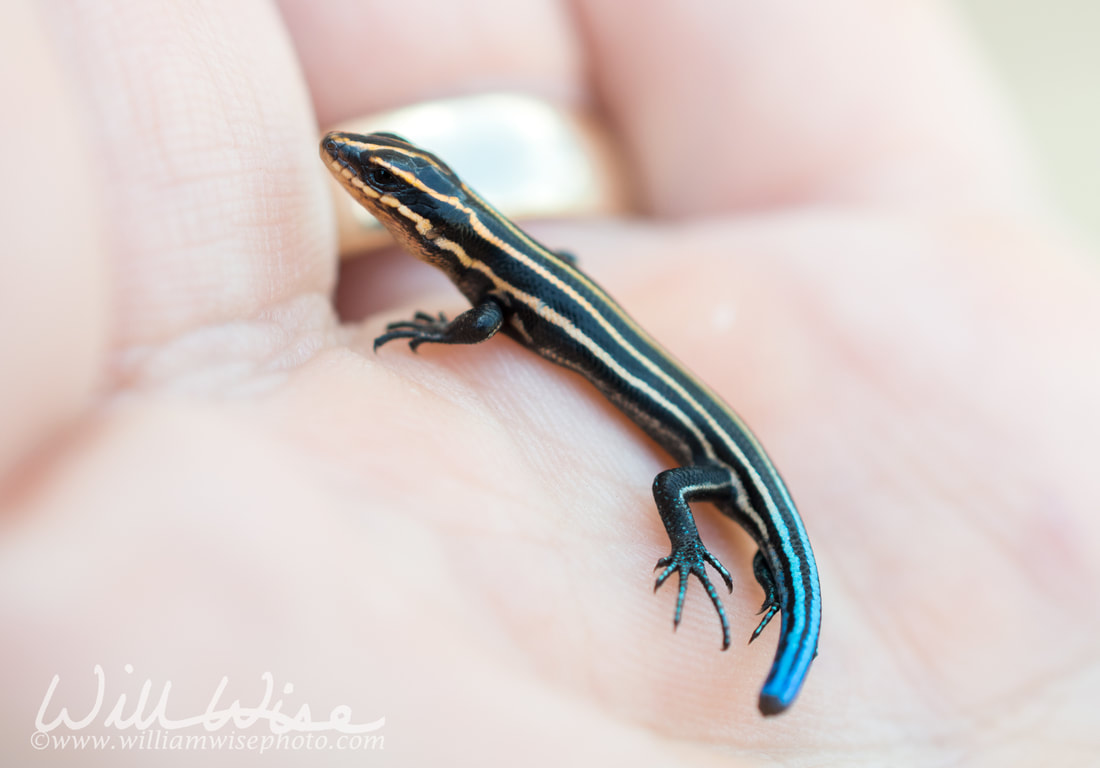 Tiny hatchling Southeastern Five Lined Skink with broken tail sitting in the palm of hand, only about 1 inch long. Found scurrying on the ground in Walton County, Georgia. Like many other lizards, southeastern five-lined skinks will break off their tails when restrained, distracting the predator and allowing the lizard to escape.  William Wise Photo Nature Notes is a wildlife, landscape, birding and nature photography blog documenting the beauty, design and wonder of God’s creation. -- Genesis 1:30 And to every beast of the earth, and to every fowl of the air, and to every thing that creepeth upon the earth, wherein there is life, I have given every green herb for meat: and it was so. With rainfall so low, and temperatures so high, the natural forage is drying up and pushing the deer toward the more delectable, better-watered lawns and landscaping. The decorative English Ivy surrounding my koi pond typically is safe from deer, but even that was absolutely devoured a few evenings ago. This young buck in velvet antlers jumped the four-foot fence into my neighbor’s yard for a bit of grass. I was photographing at a mini healing crusade and concert outreach our church was having at an Athens neighborhood. Of course, I was distracted by a Mississippi Kite. The overcast sky from the afternoon thunderstorm didn't produce any good shots, but I noticed something else. What I first dismissed as Barn Swallows caught my eye a second time. They didn't have the forked tails. I emailed the photos to a local biologist/birder and he confirmed what I thought: Cliff Swallows. Poor photos, but a life bird photograph for me!
 Williamwisephoto Nature Notes is a wildlife, landscape, birding and nature photography blog documenting the beauty, design and wonder of God’s creation. -- "What a wildly wonderful world, God! You made it all, with Wisdom at Your side, made earth overflow with your wonderful creations." Psalms 104 The Message As time passes, I look at my old photos compared with recent shots and I have the temptation to think, “Man, I’m good!” It is true that we become proficient by shooting every day. Our skills improve as we learn our equipment. But is all my improvement simply because “I’m so good”? I have to pop my big and say, probably not!
As I’ve gotten older, I’ve been able to buy better equipment. And the more modern cameras and lenses are absolutely phenomenal! Years ago, I would never have dreamed of the autofocus grabbing so quickly on a dragonfly… but the modern DSLR can do it! In the past, who would think you could hand-hold a 600mm telephoto lens and get a sharp image of an insect… but the modern image-stabilizing lenses can do it! Only a few years ago, who would think an image at ISO 8000 would be relatively noise free? But the modern DSLR can do it! So, I have to knock my pride down a few notches and give credit where credit is due. Maybe the full credit for beautiful shots isn’t my doing. Much of the credit may go to our Amazing Equipment! In a lightning fast moment, as fast as the serpent’s strike, my entire life flashed before my eyes along with the fear that my life might soon be ending. The impact of the snake against my skin, and the sharp needle-like jabs told me 100% that I had been bit. As I was about to drop my camera and call for the hospital’s helicopter to air lift me out, I remembered… Oh yeah, it’s just a harmless Eastern Kingsnake! Snakes always make sensational subjects! From that very first encounter in Eden, snake stories are always dramatic. Some people only need hear the word “snake” to be sent off in a sprint of hysteria. But the truth is, the majority are totally harmless (depending upon where you live, perhaps). This beautiful Eastern Kingsnake was the subject of one of those frantic calls to animal control. “Hello? 911? Yes, there’s a huge snake in my living room.” The homeowner marveled at the audacity we had to just walk right in and pick it up barehanded. But when you know your snakes, you know when there is danger, or when it is safe to handle. Here in Georgia, it is simple. Just learn how to identify a Coral Snake, a rattlesnake, a copperhead and a cottonmouth. After that, you'll know the rest are harmless. I took this guy to a couple of school classrooms for talks before photographing him and releasing him back to the wild. Even though he’d been captive and handled for a few weeks, he was still quite feisty. When he decided our photo session was over, he let me know by chomping down on my arm. So what did I do? Photograph it, of course! |
Categories
All
Archives
September 2025
|
|
All content is ©williamwisephoto.com. Please don't steal images. My images are available at dreamstime.com. Stock sales go into the shelter photography program.
|
In December 1993 I came to know the Designer and Creator of this wonderful planet and its creatures: Jesus Christ.
|
Donations help support the animal shelter adoption photography equipment and adoption website hosting and domain fees. Thanks for your support!
|
